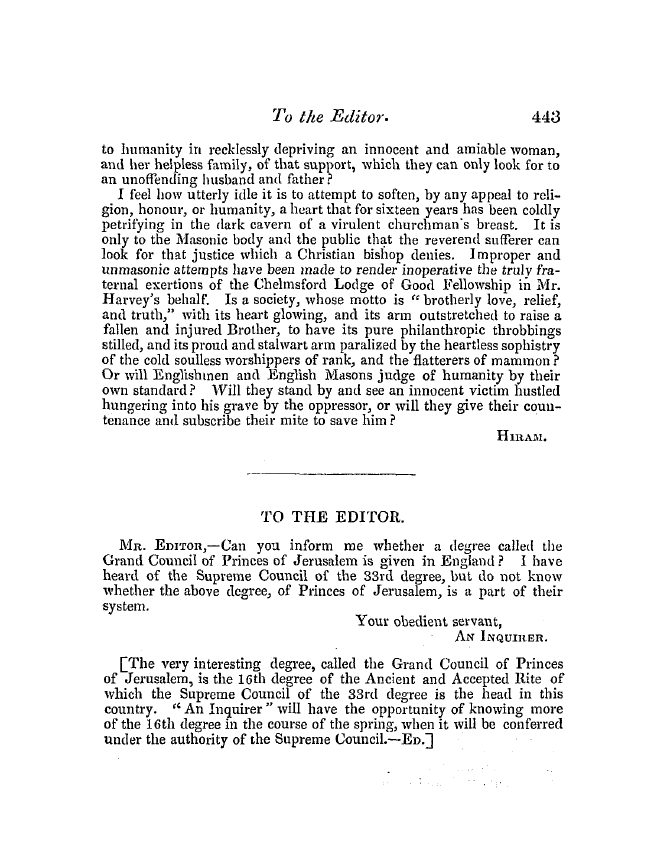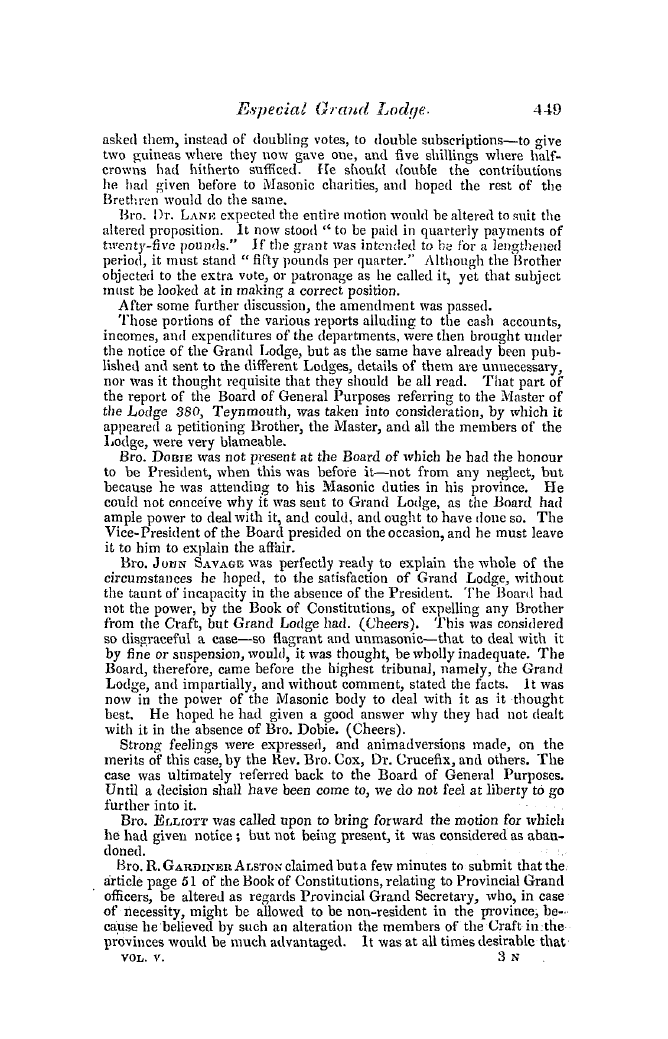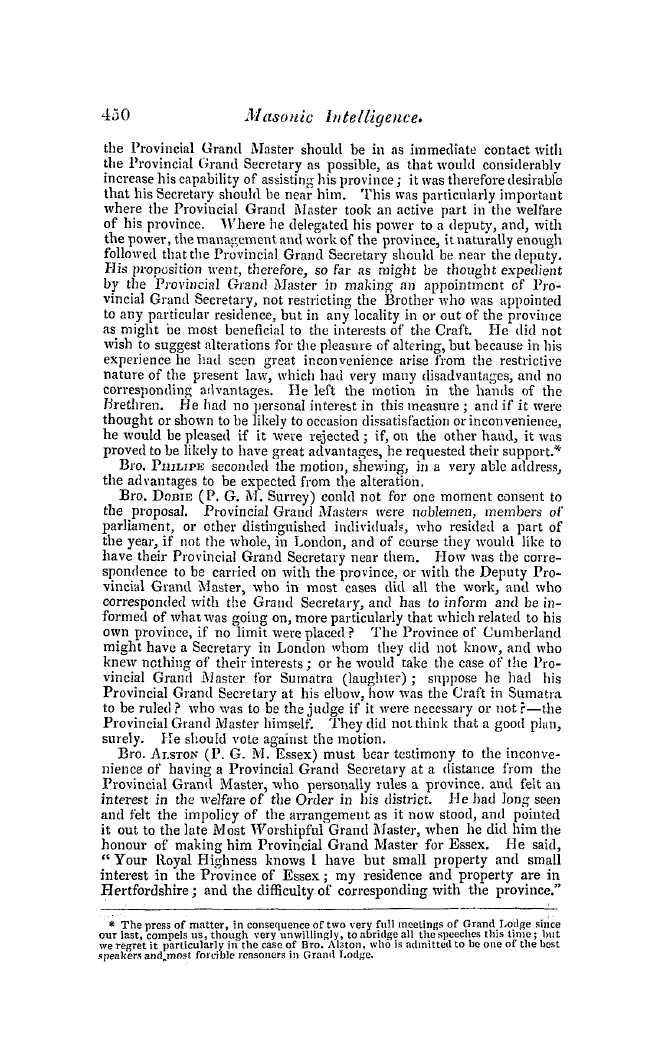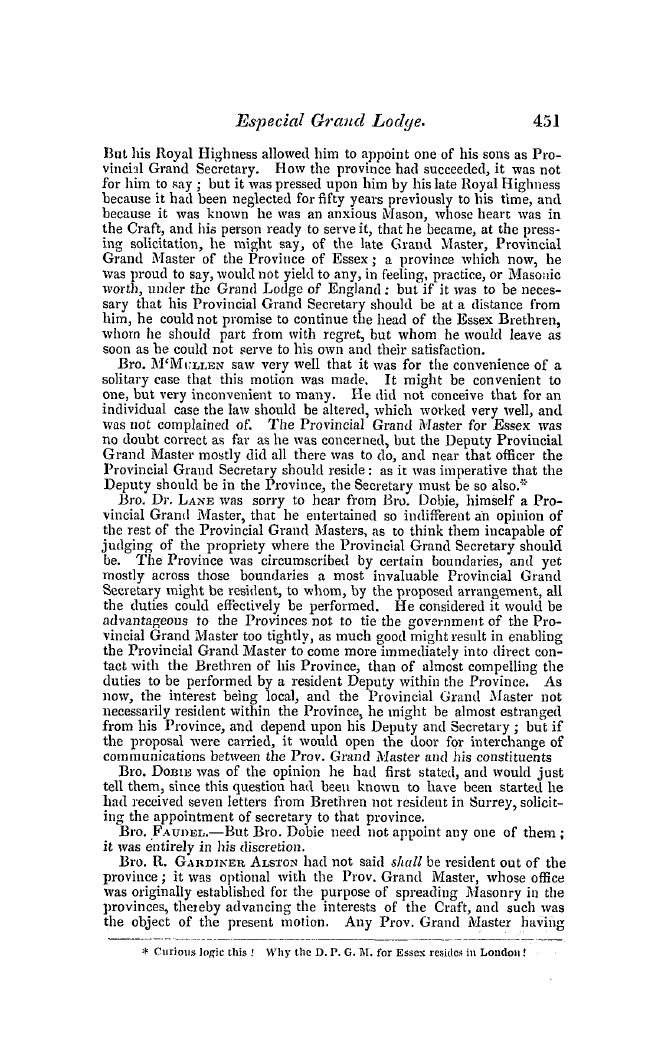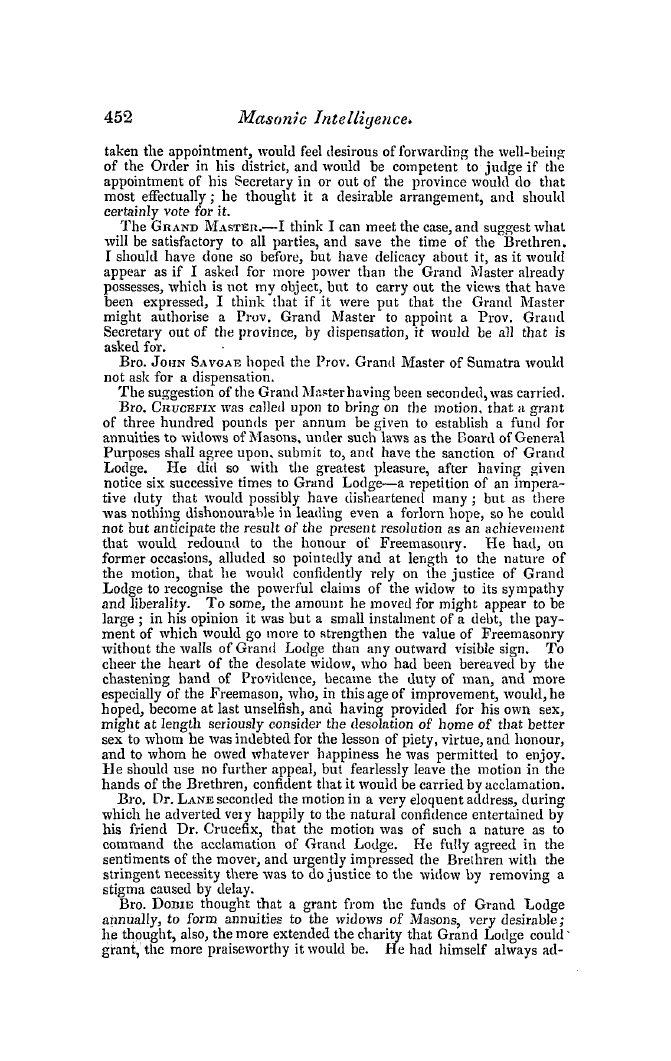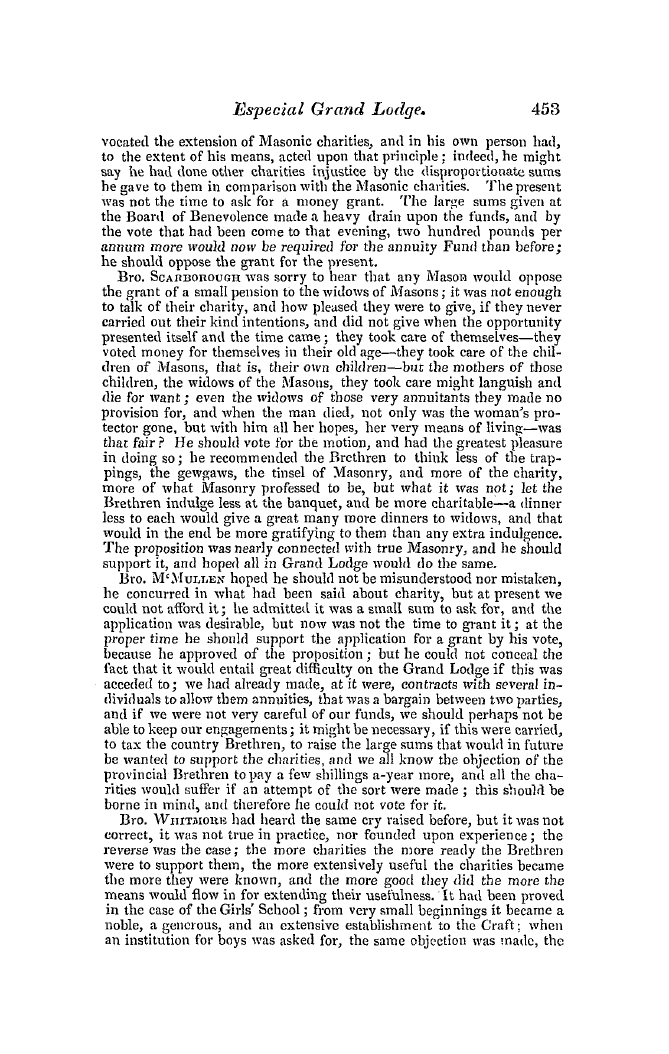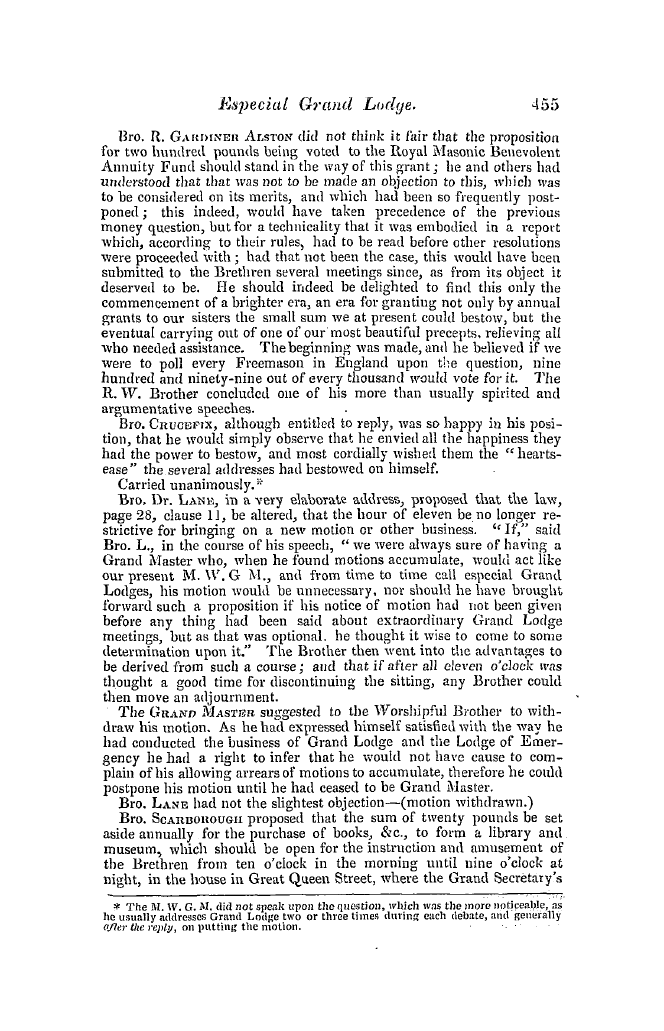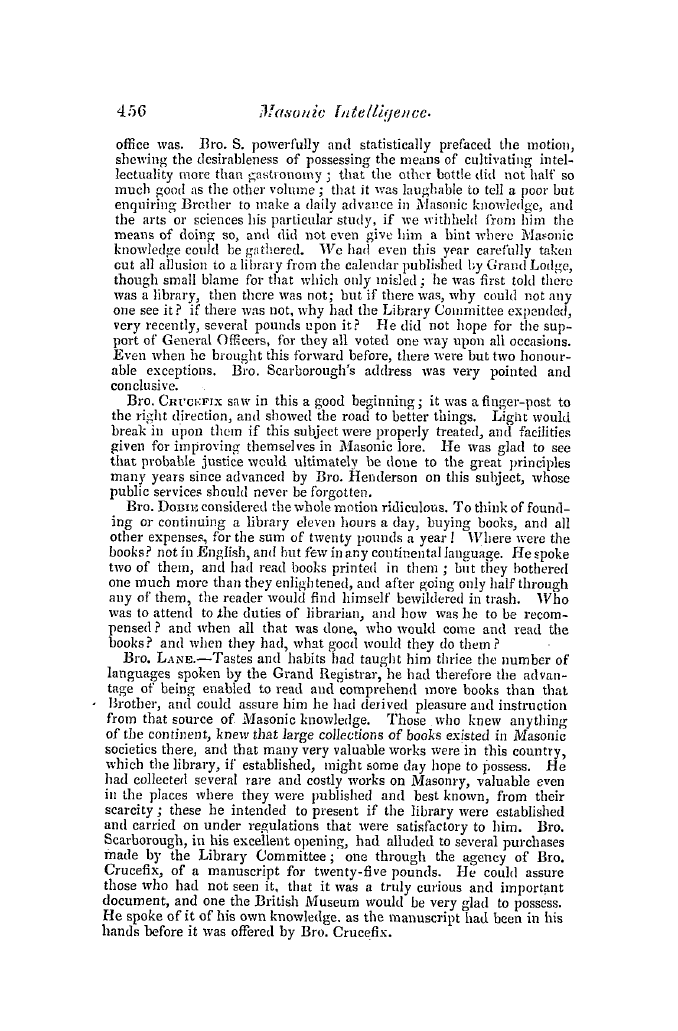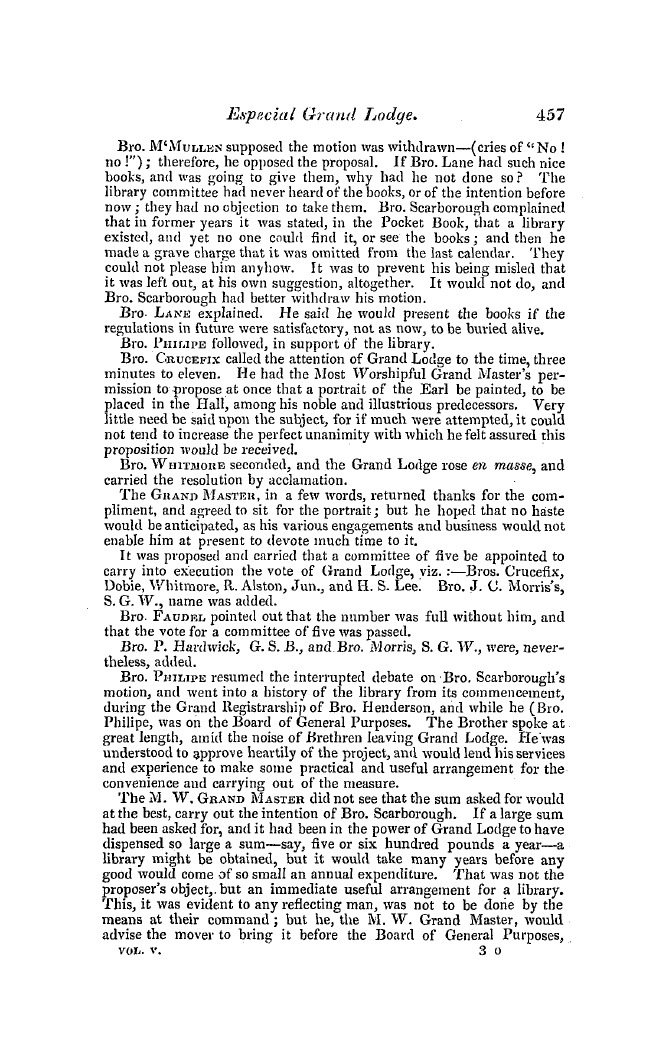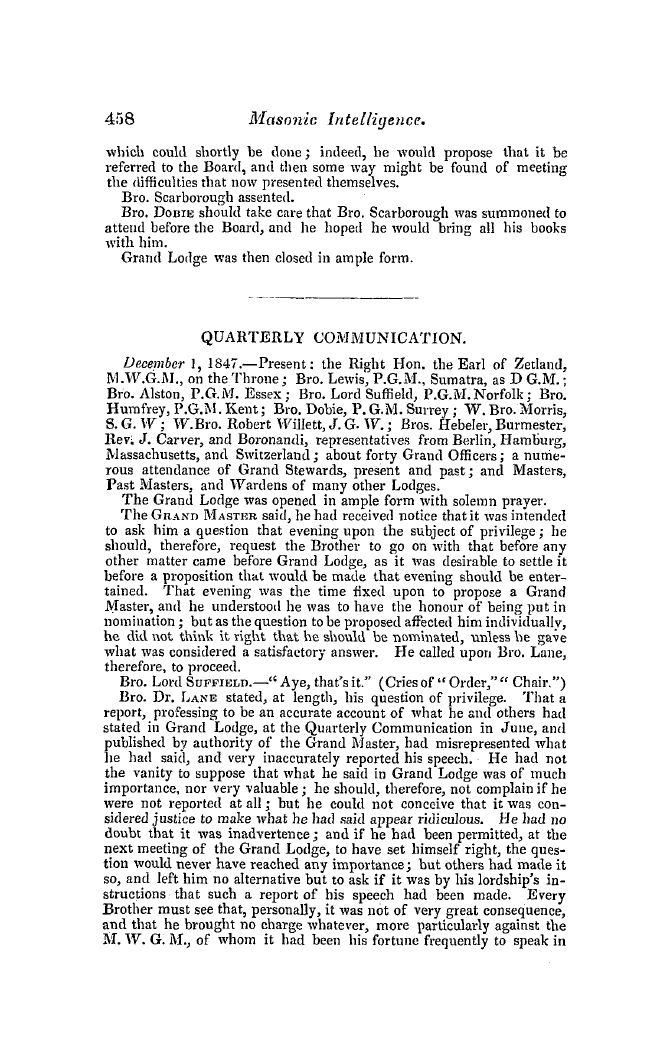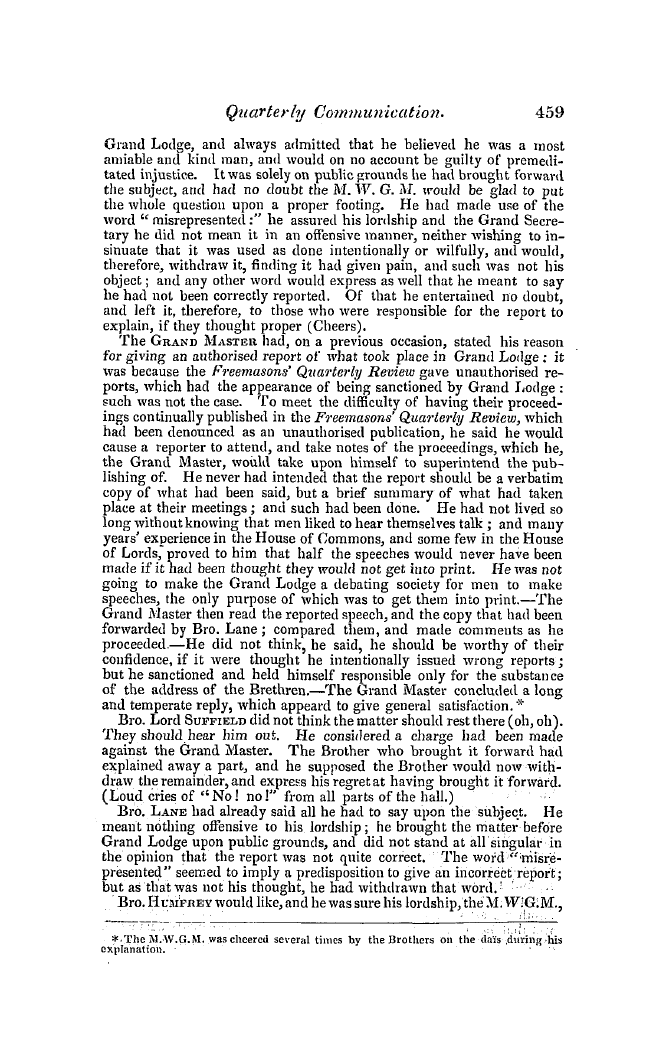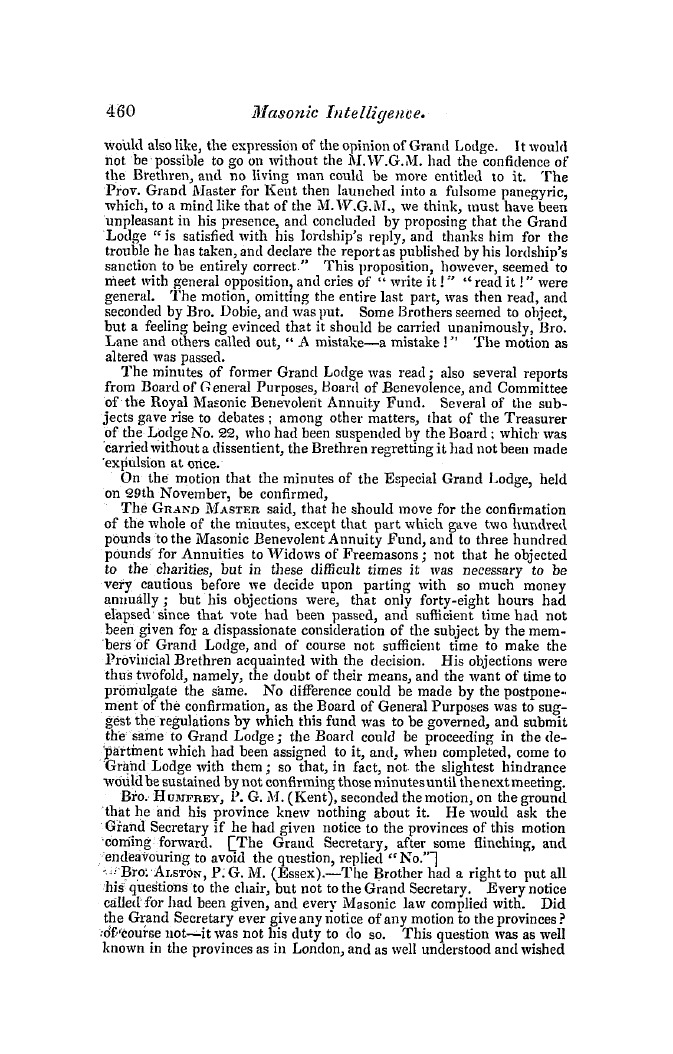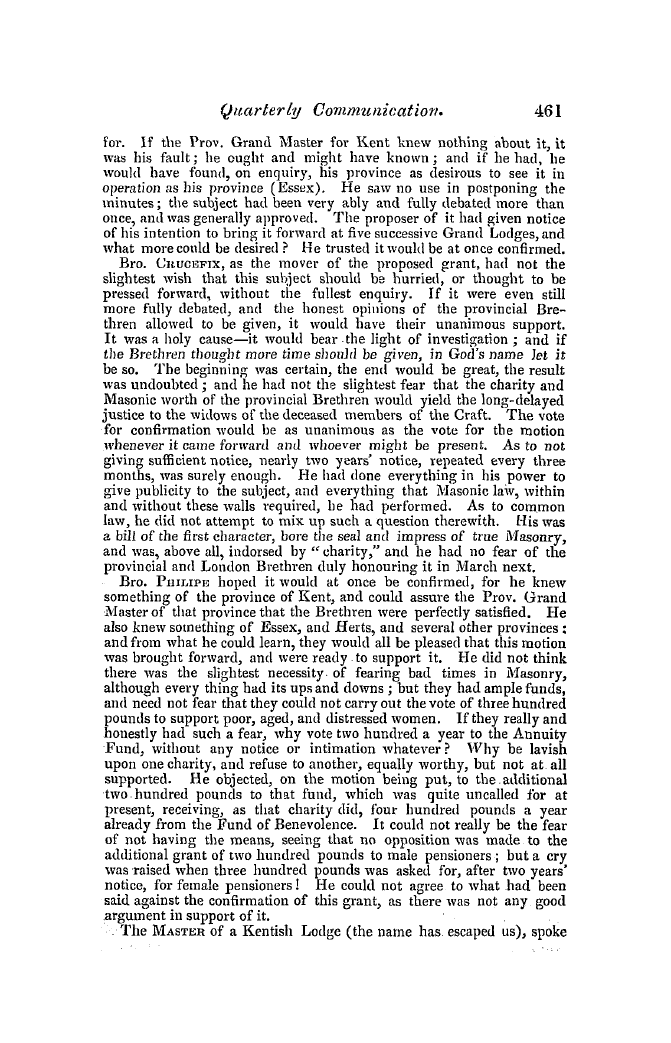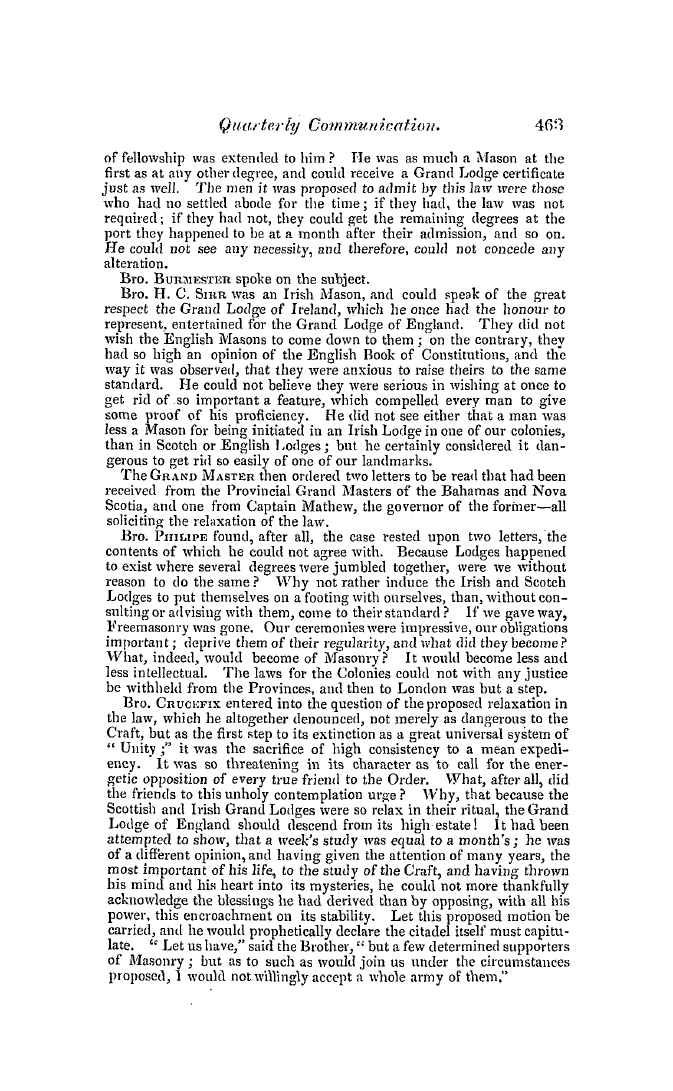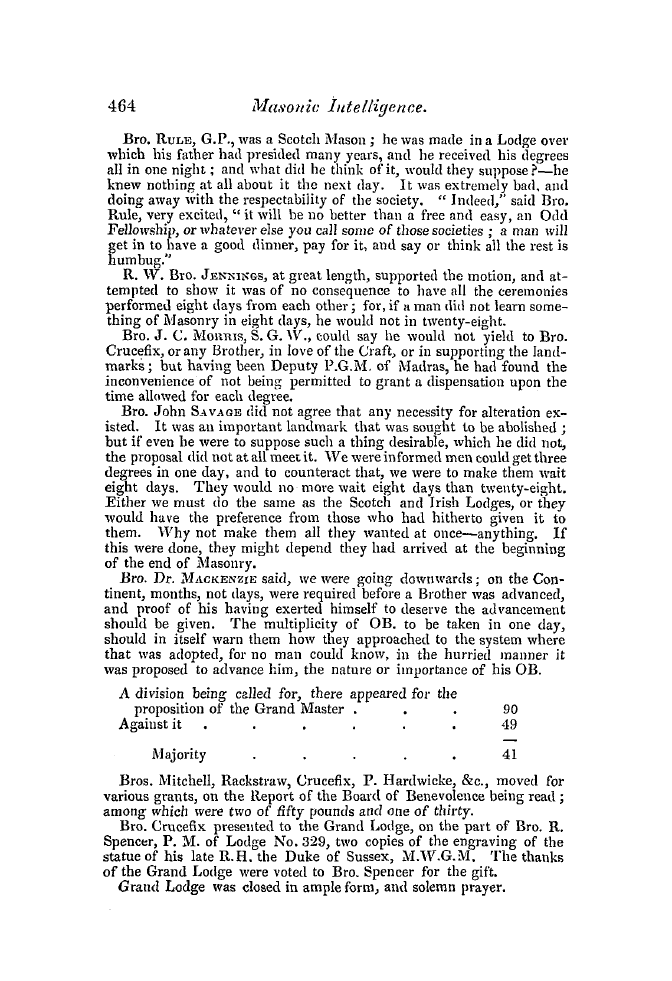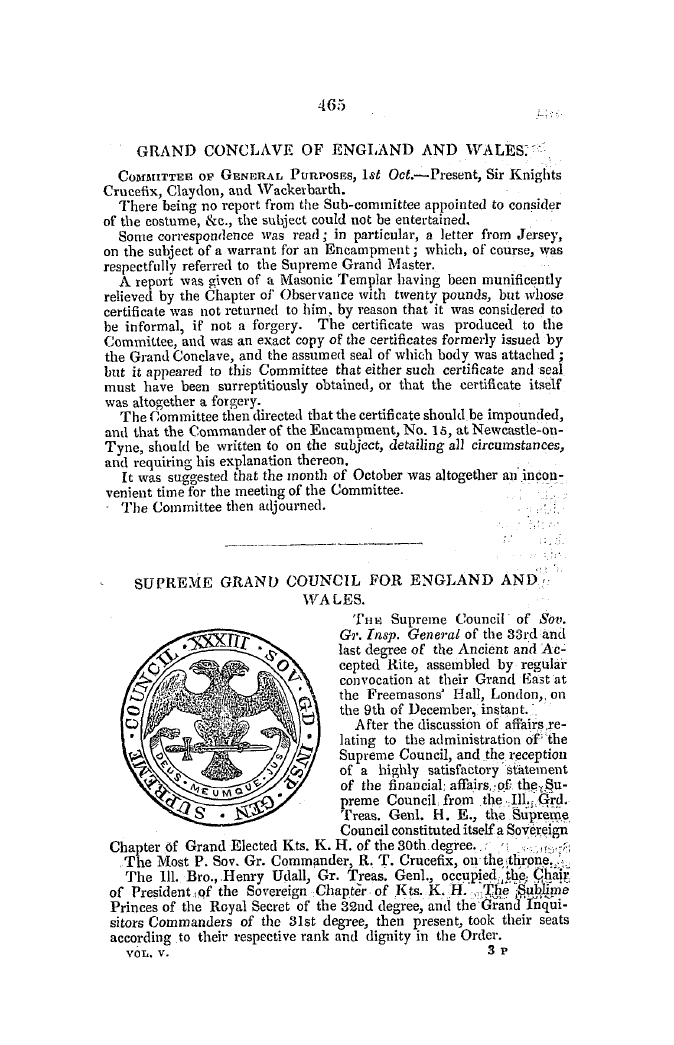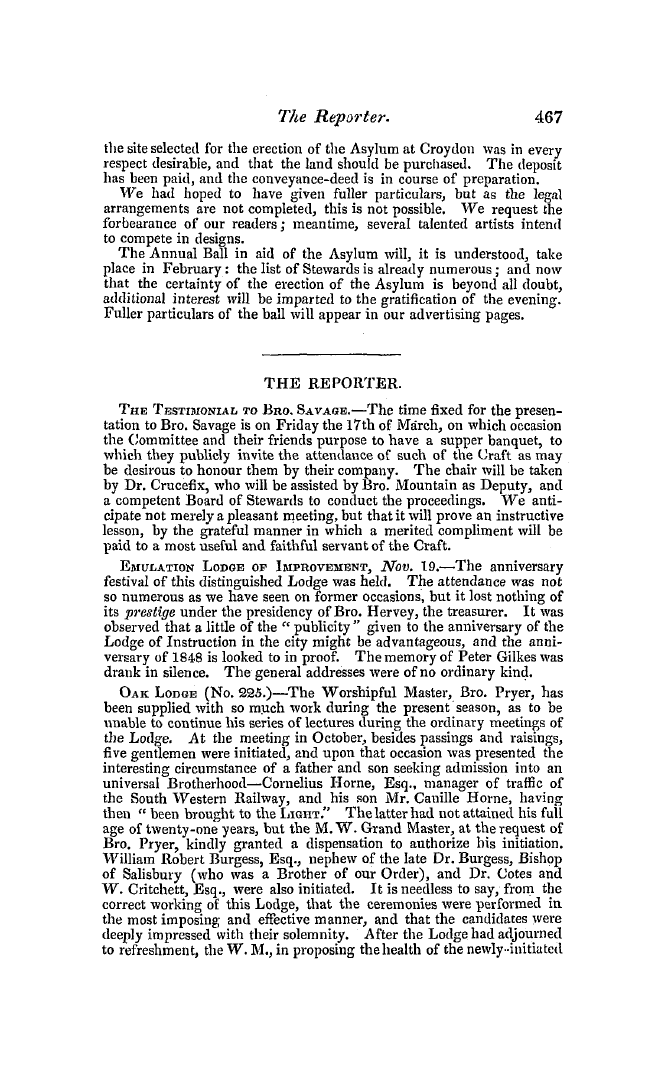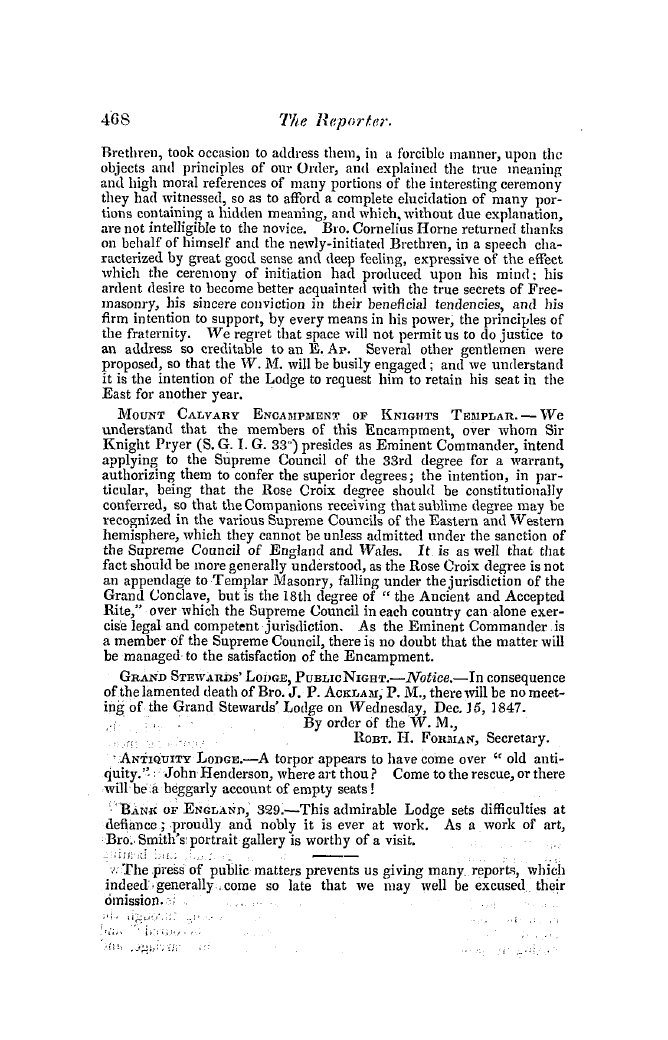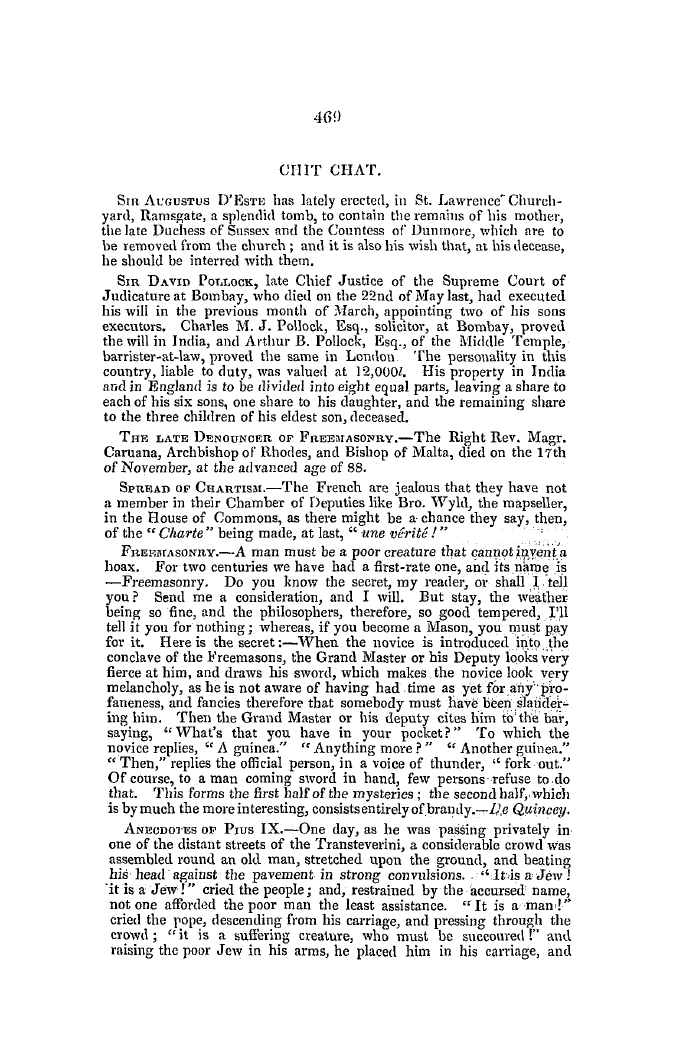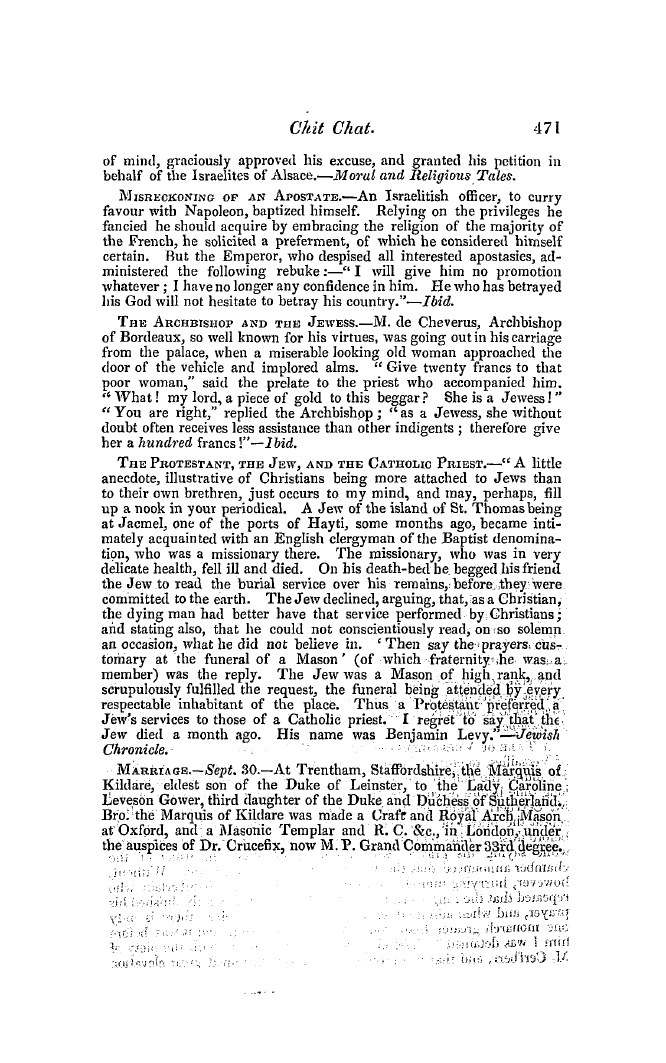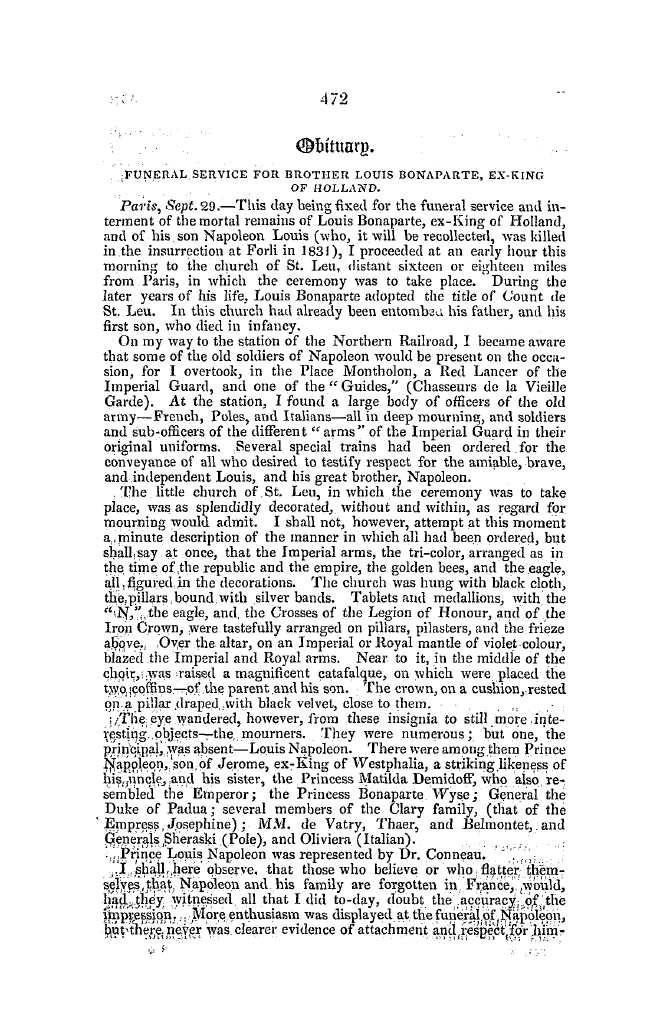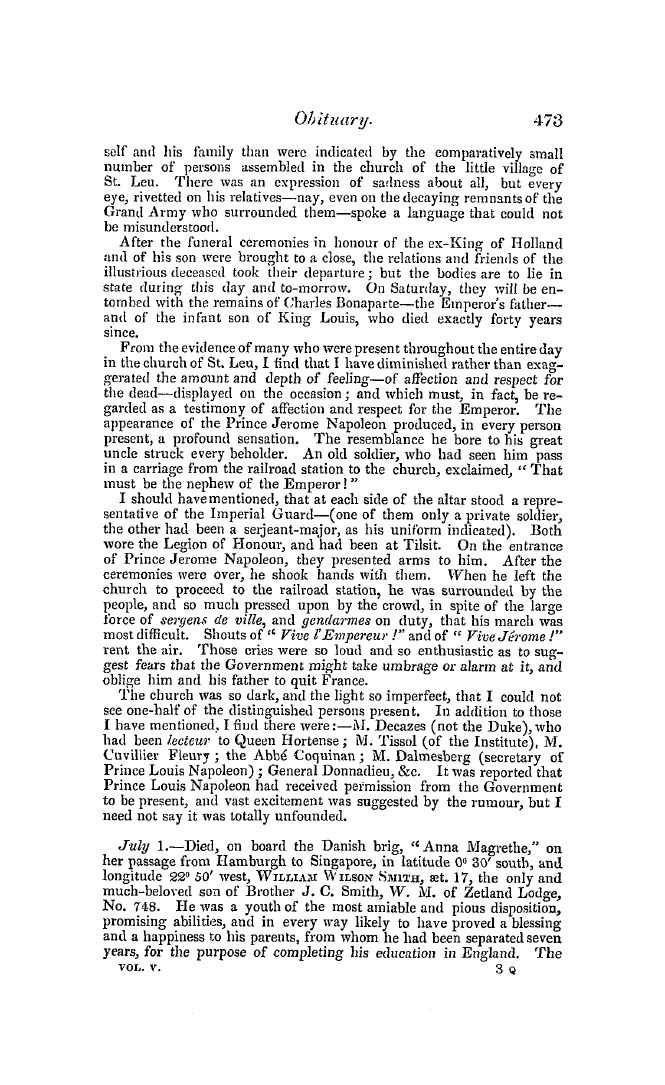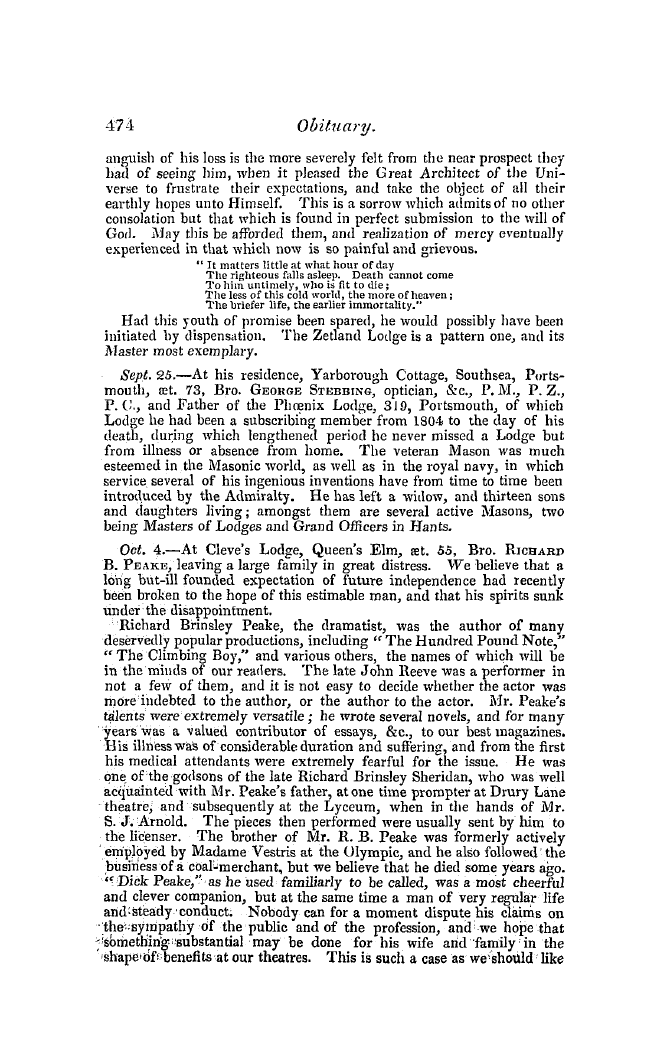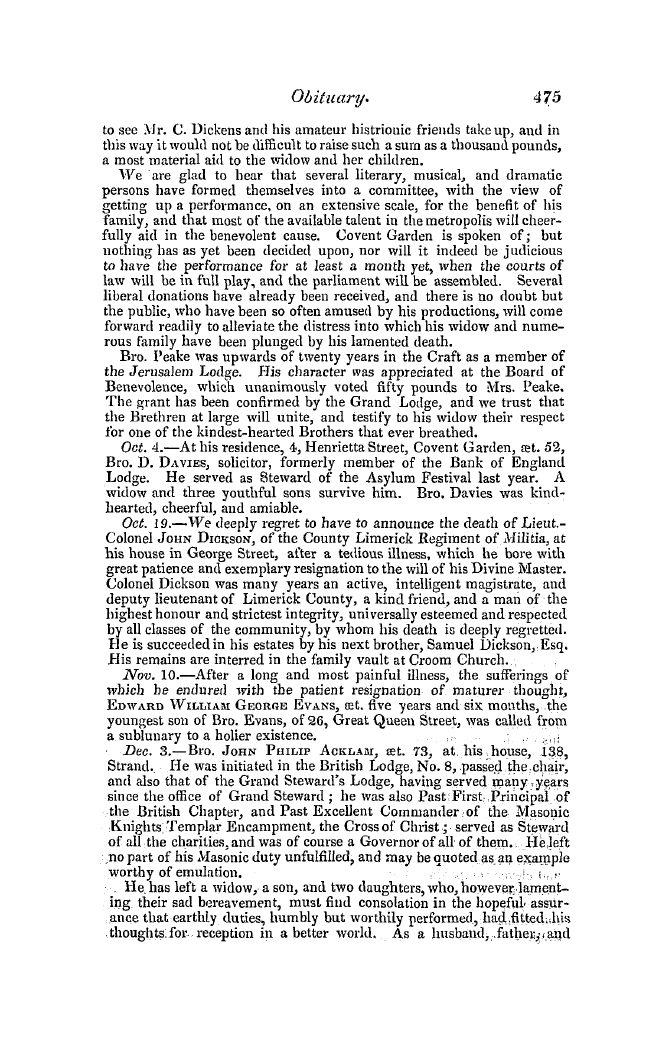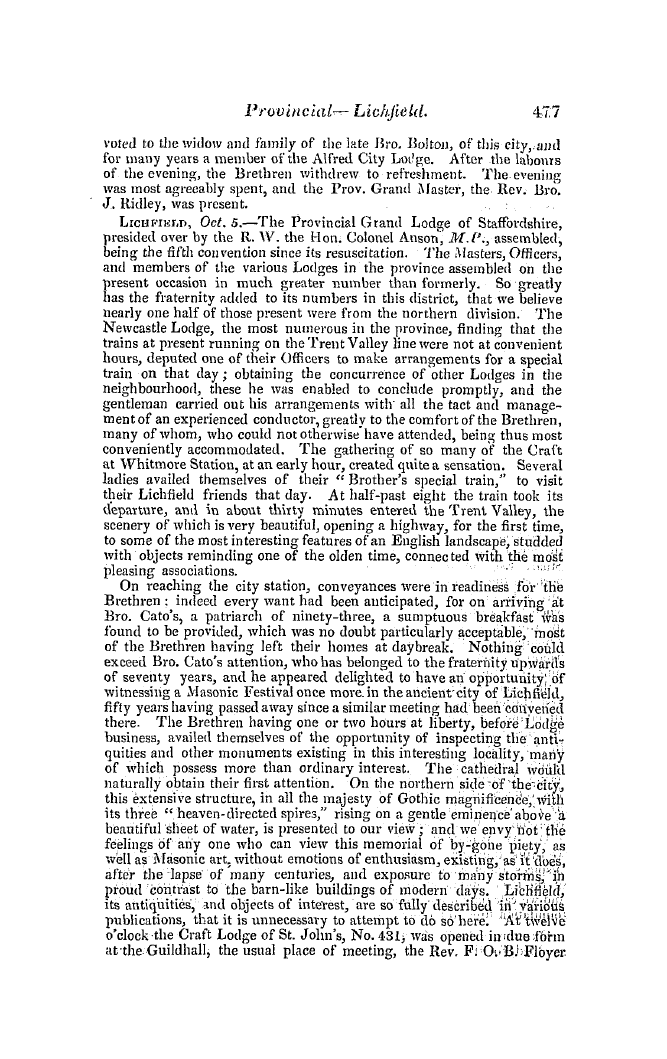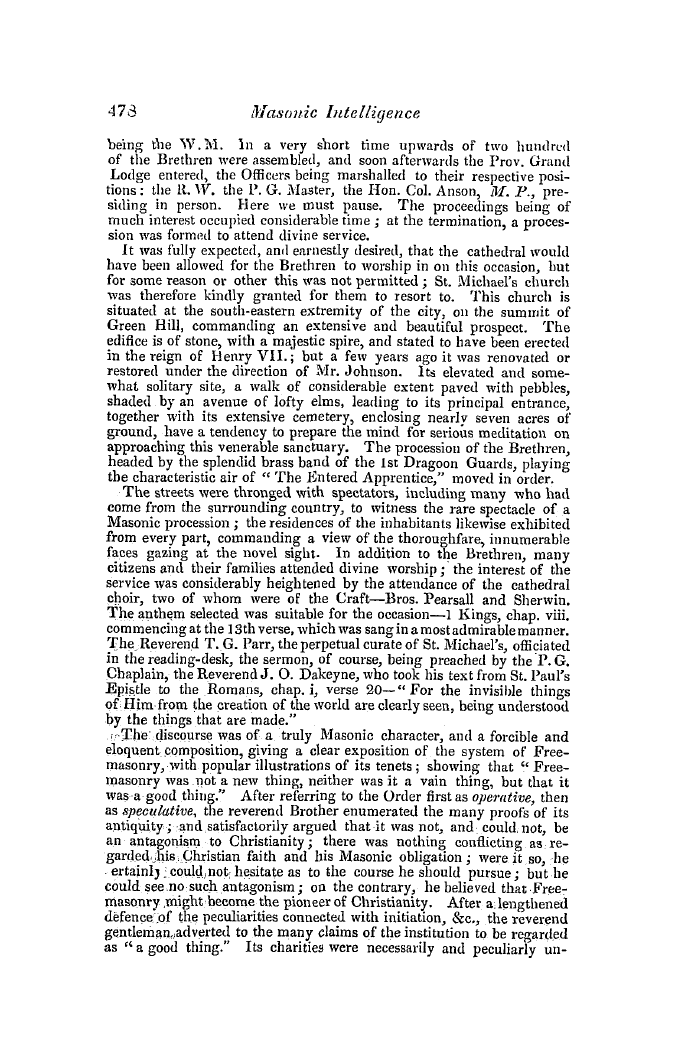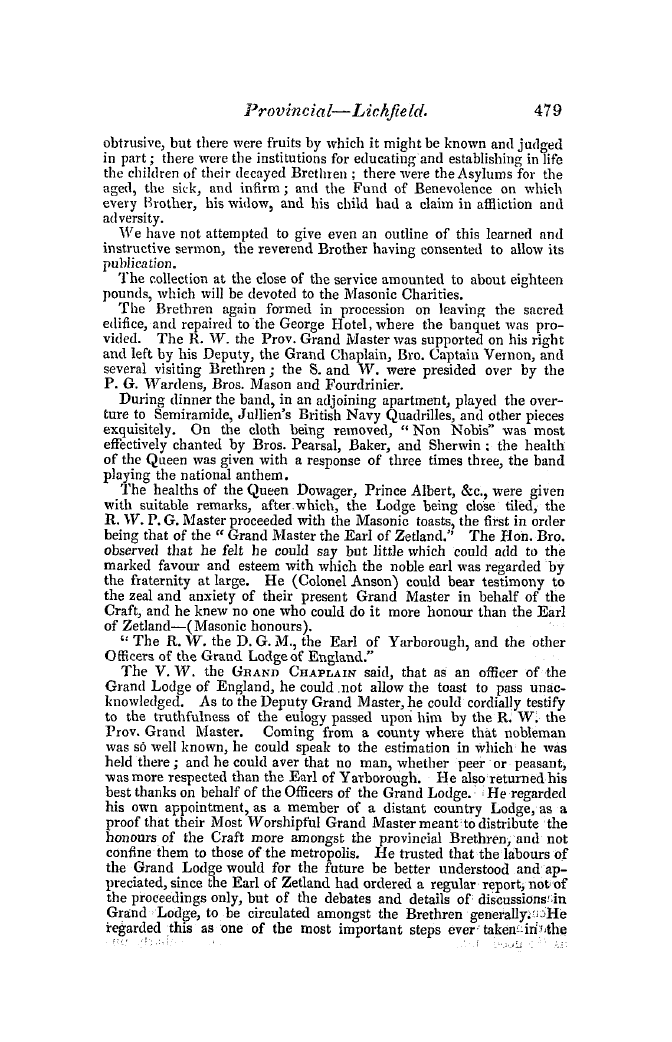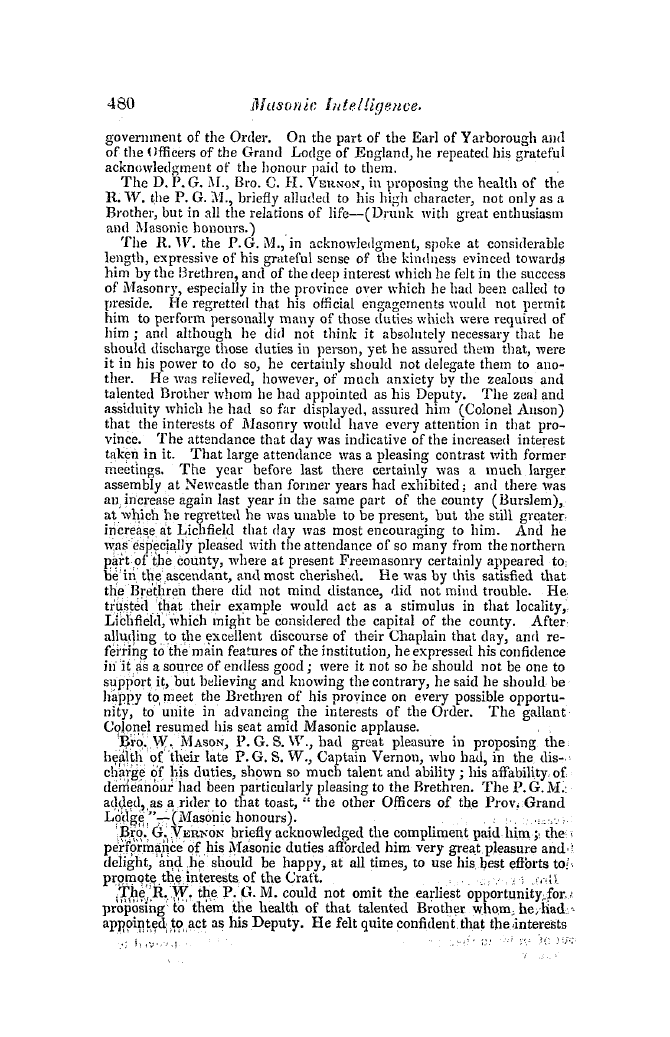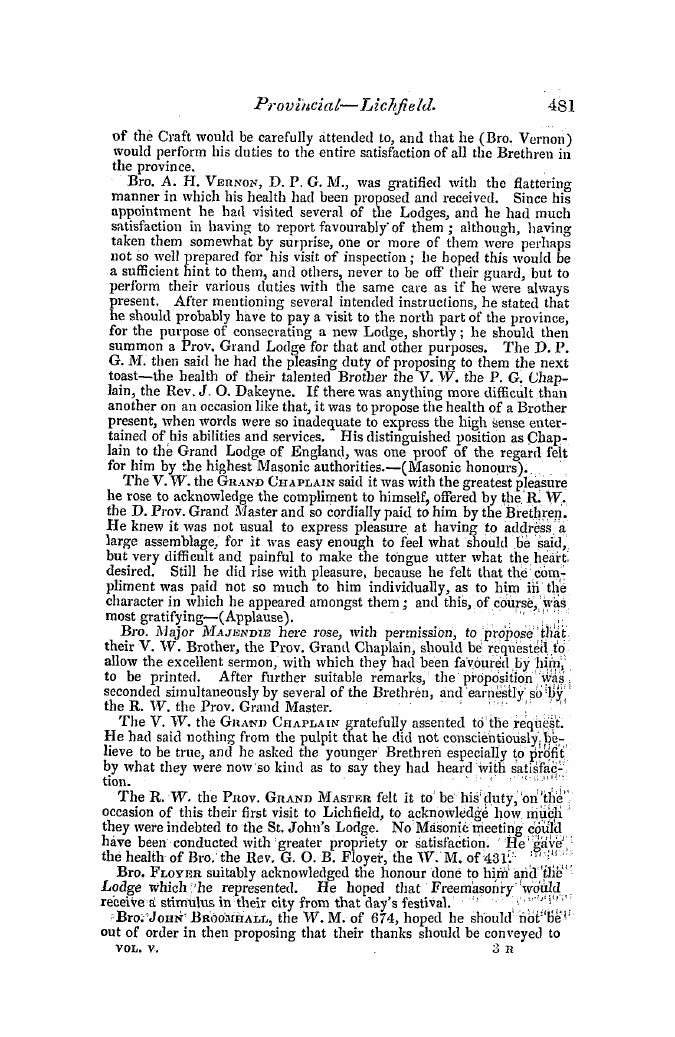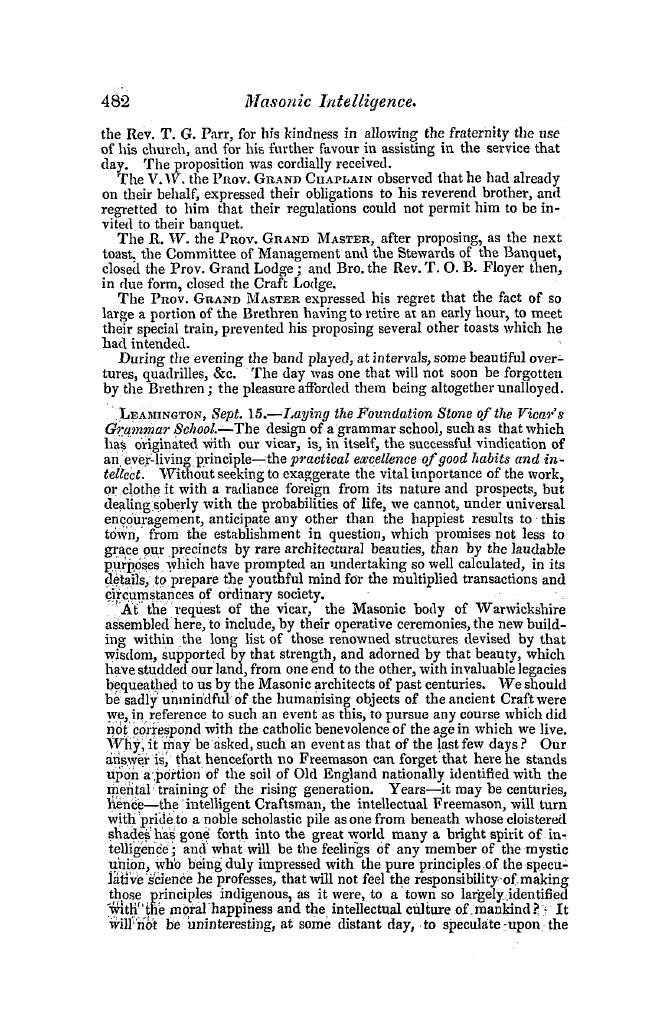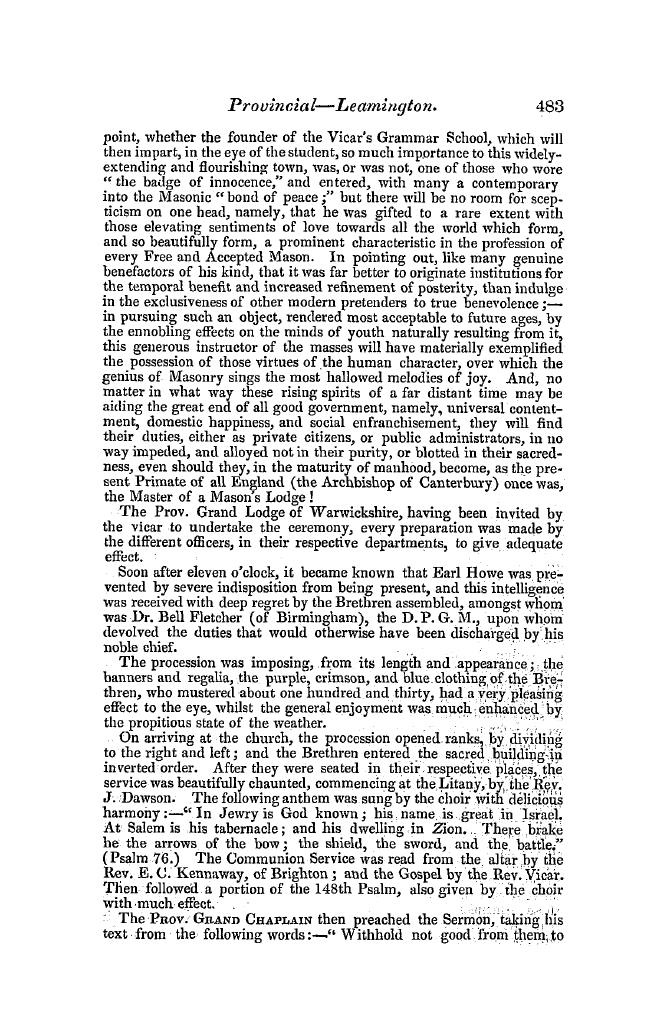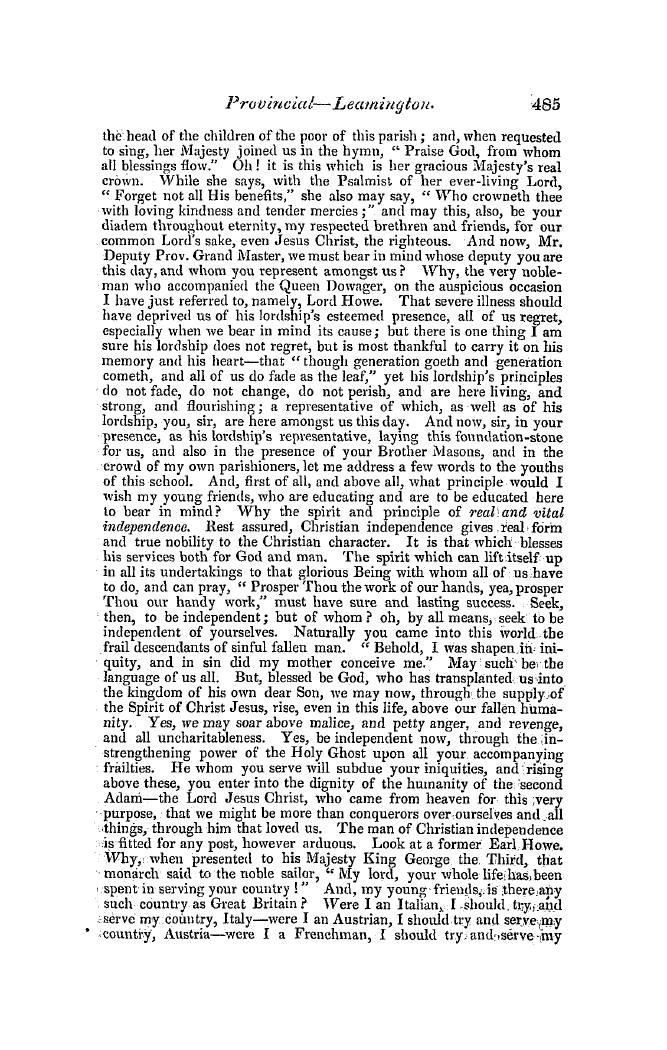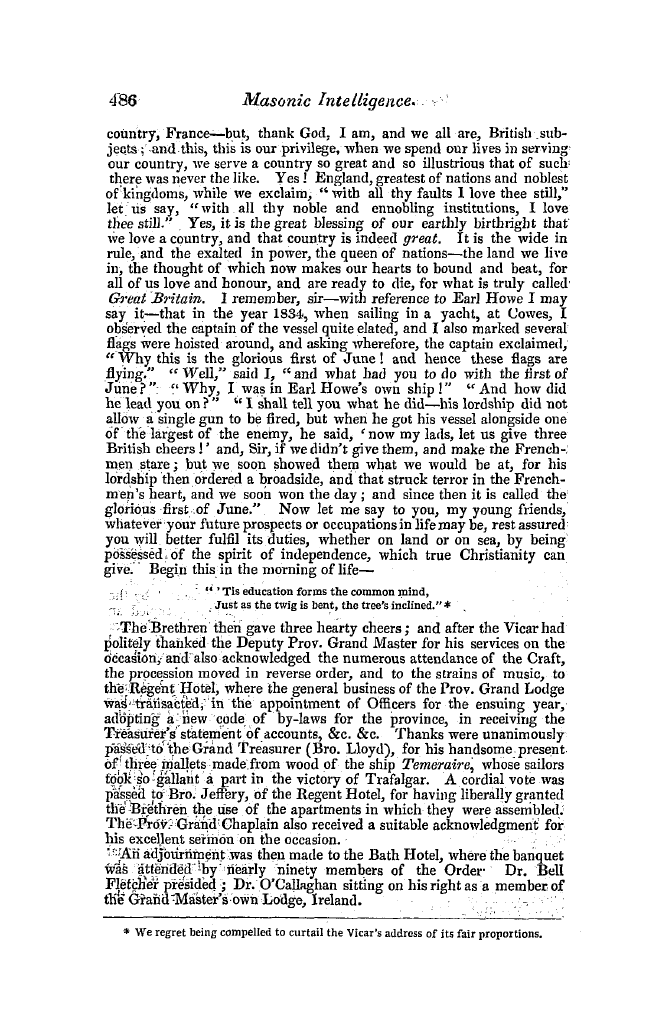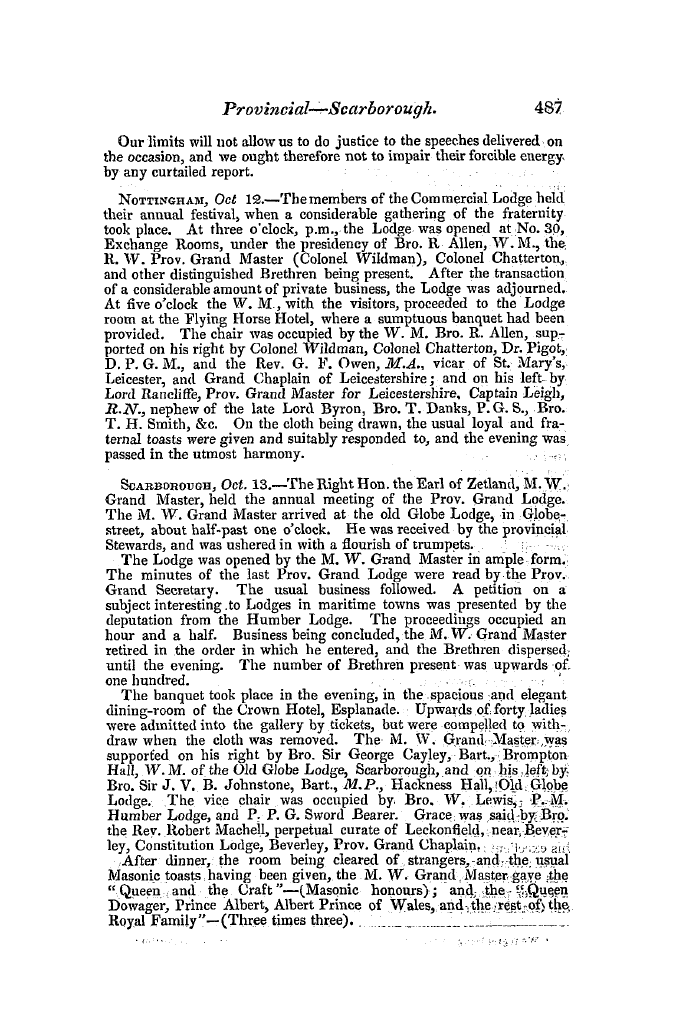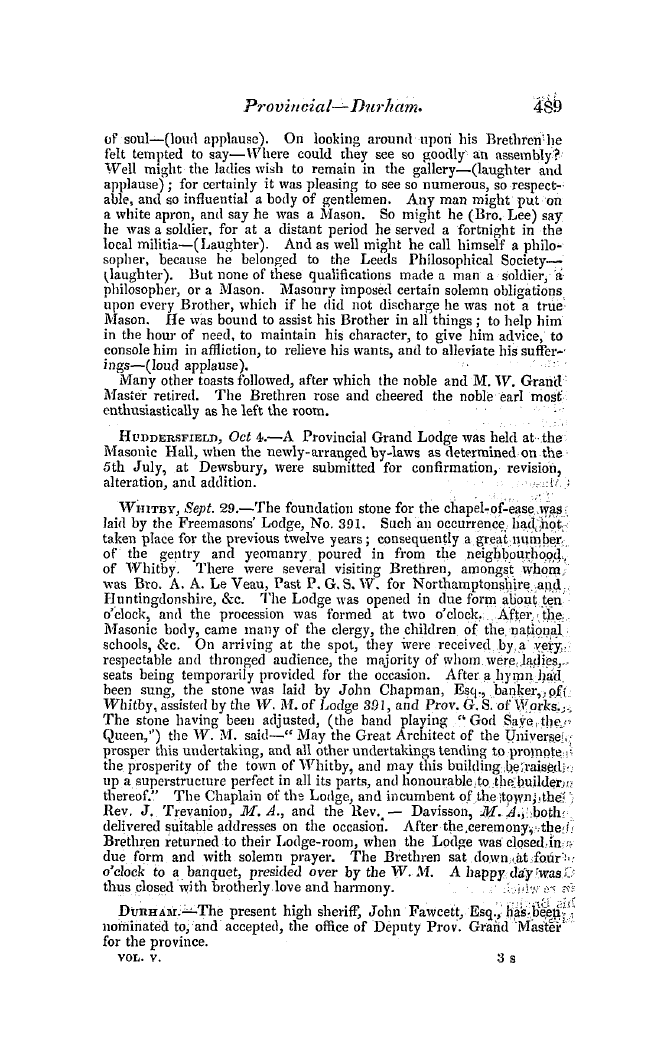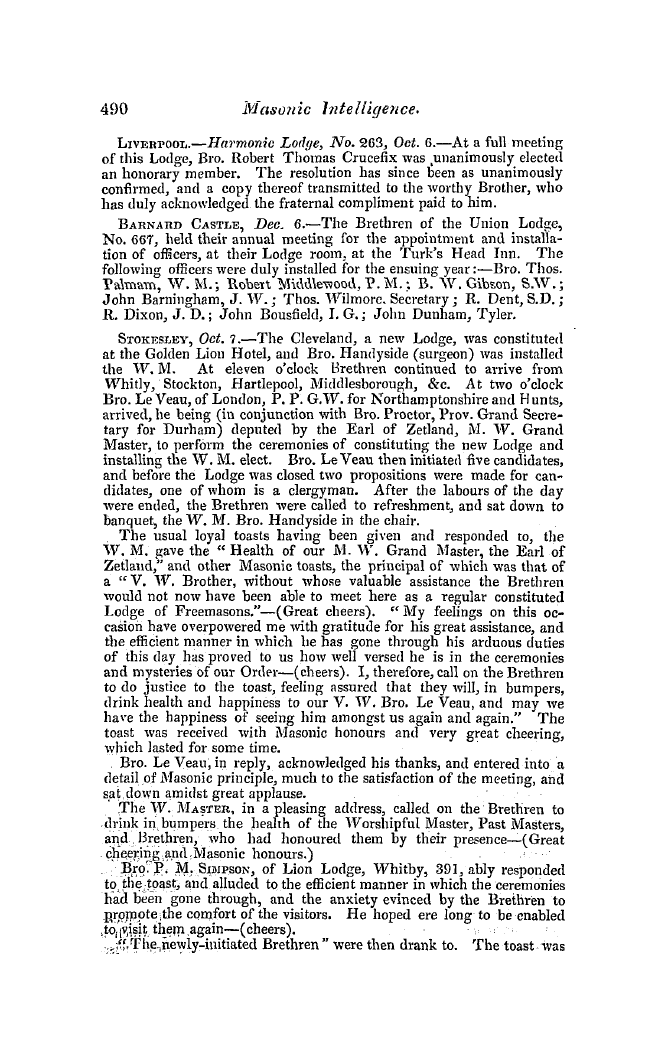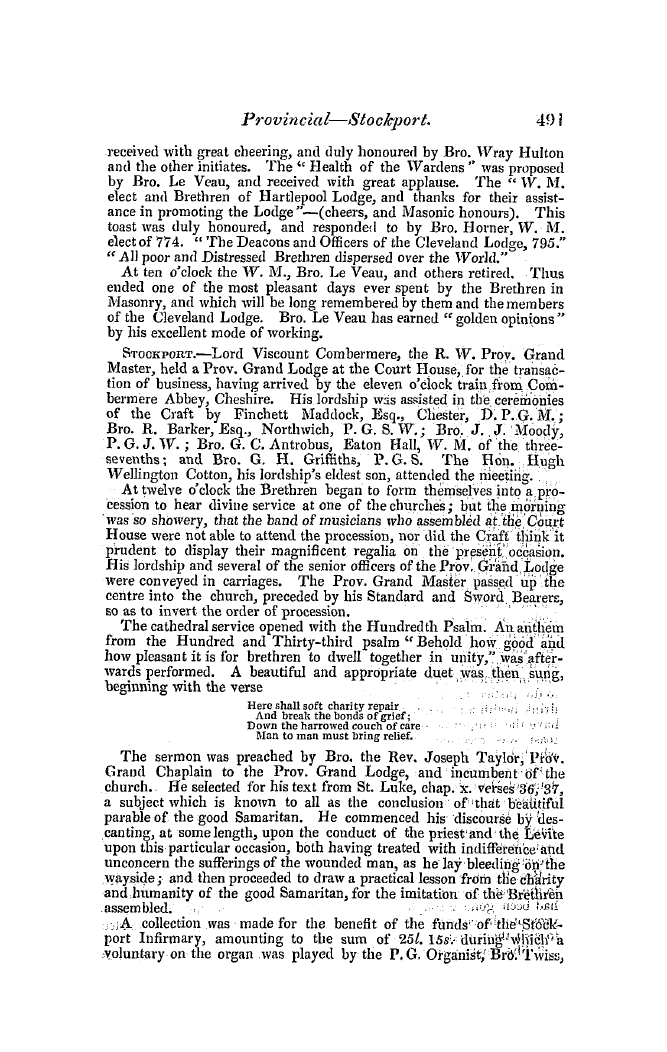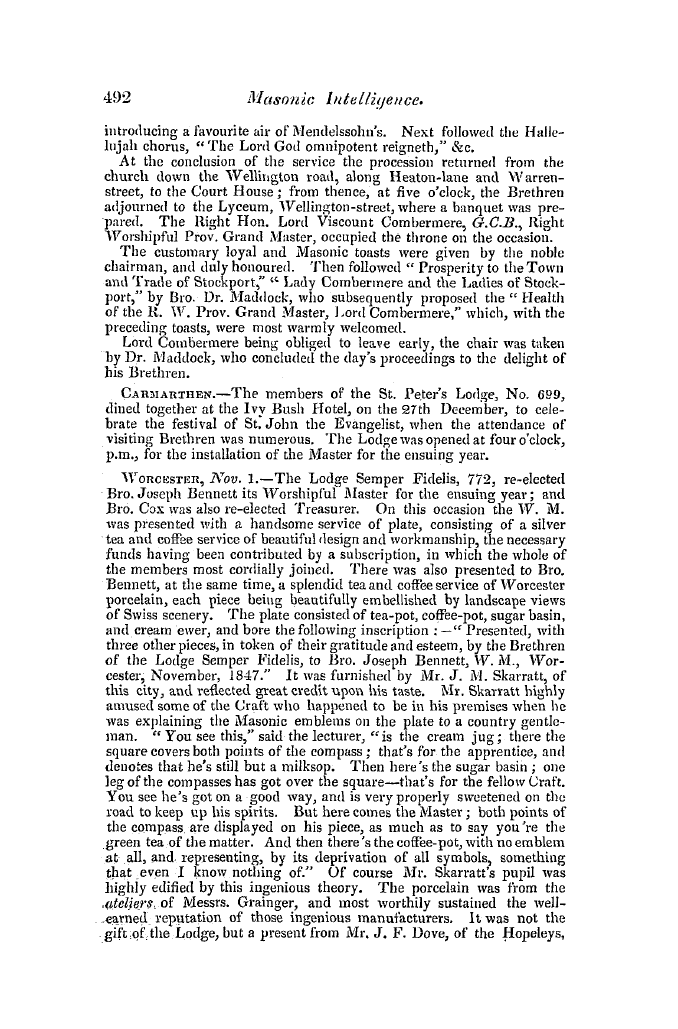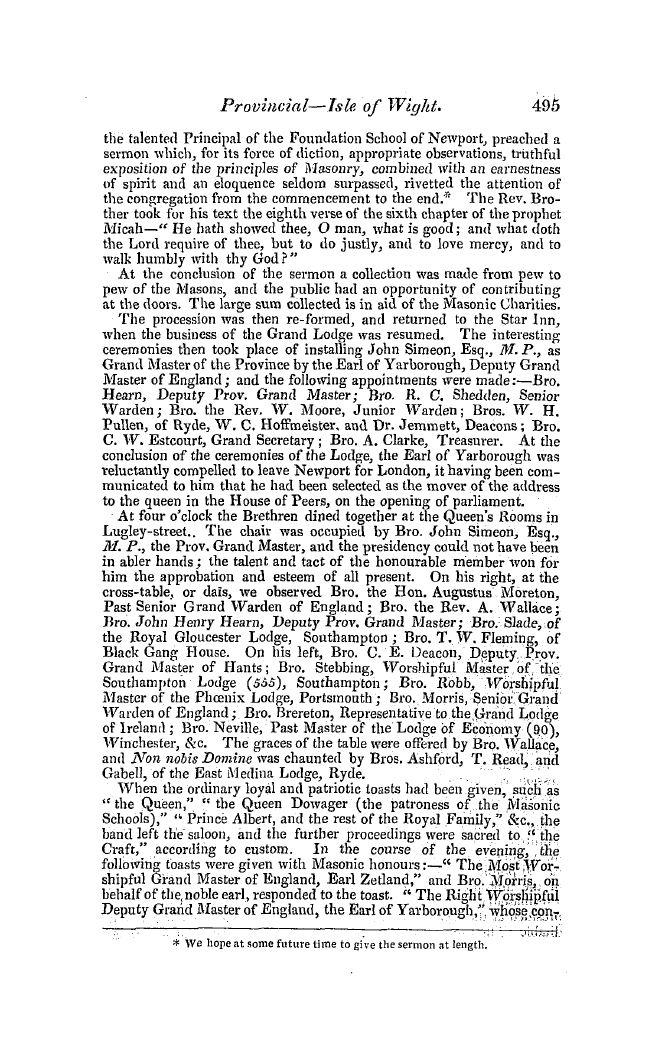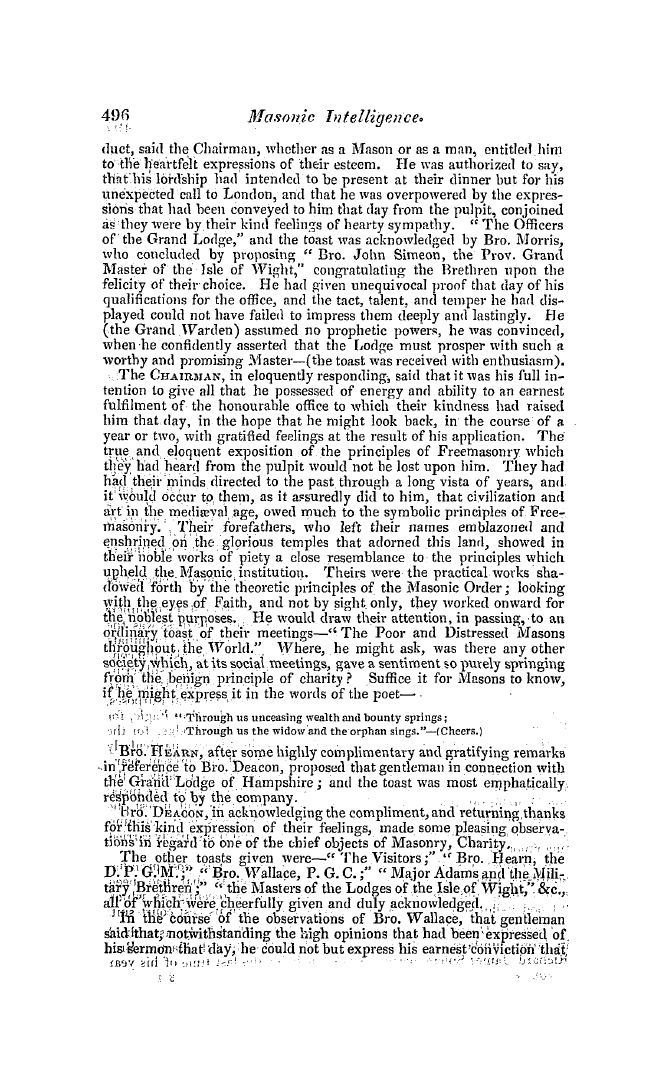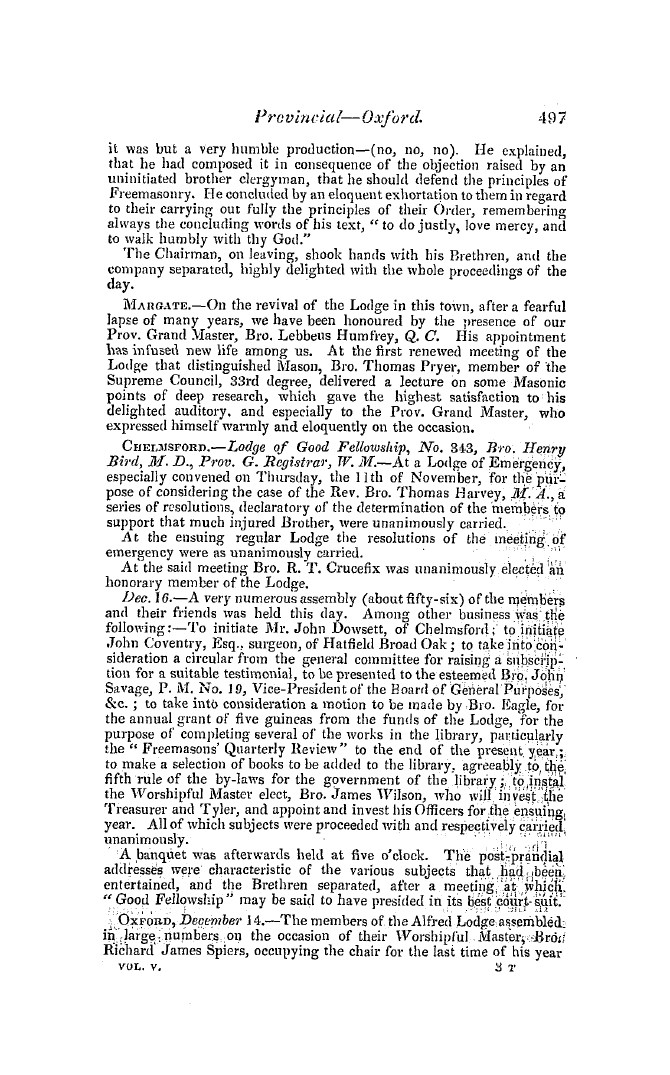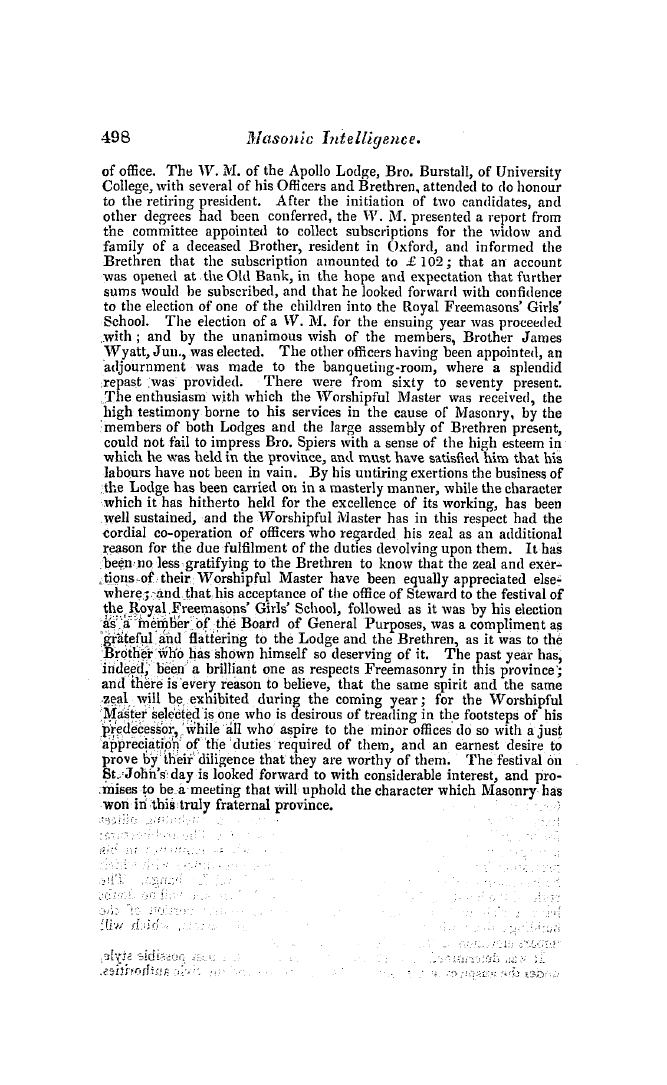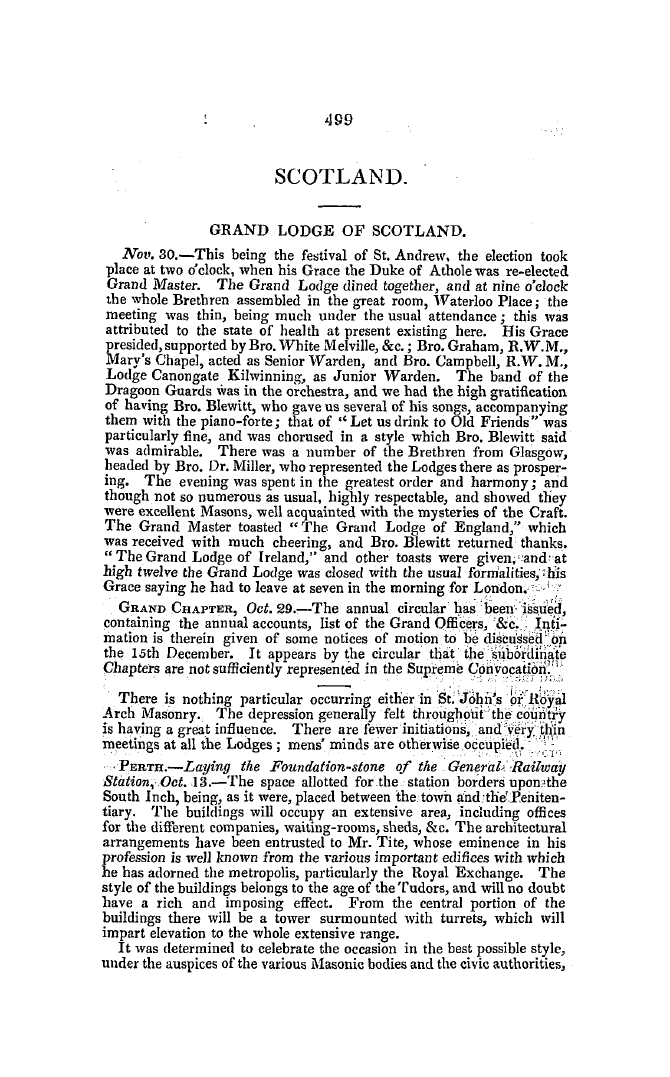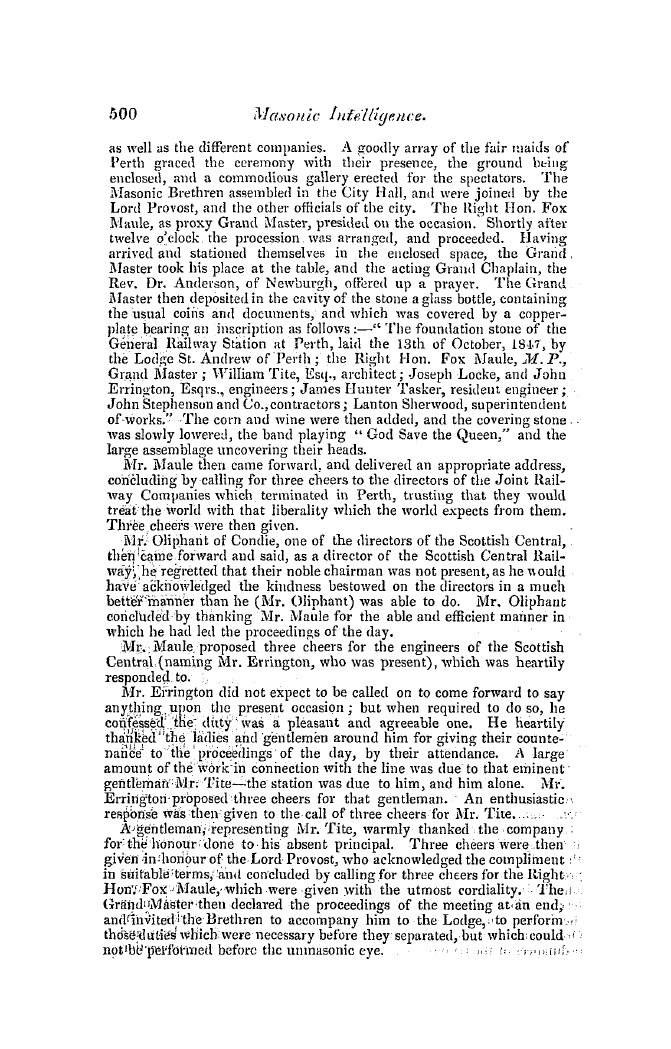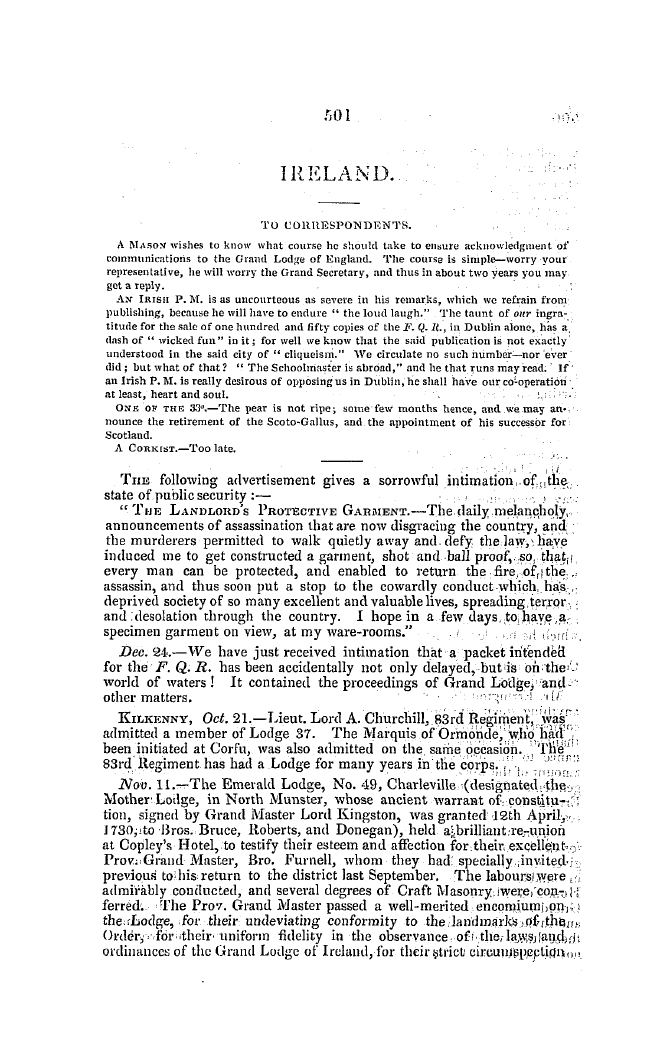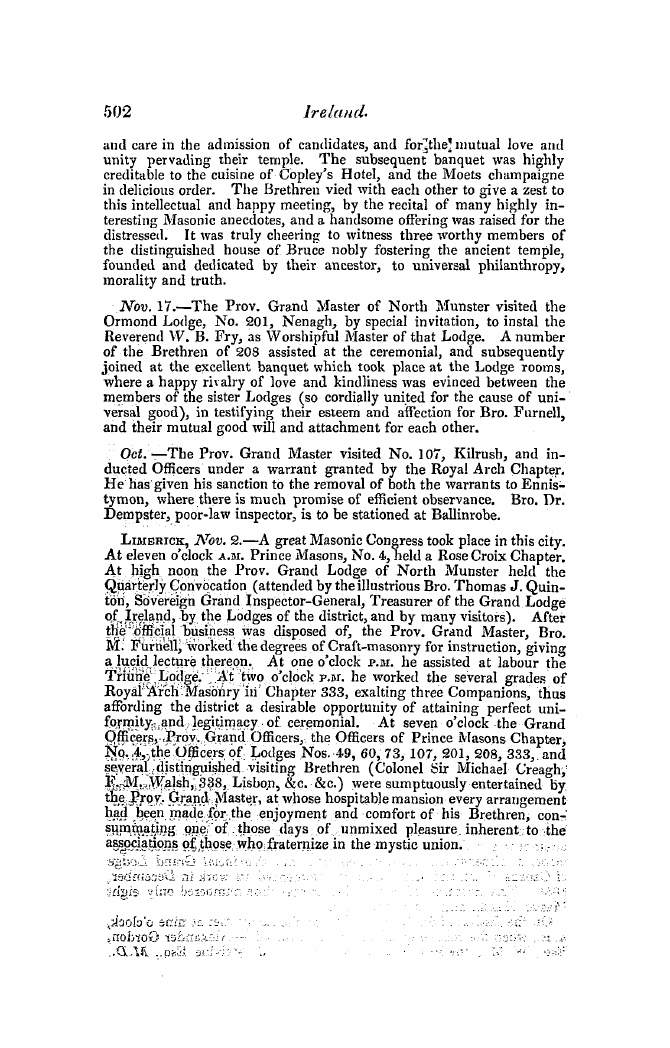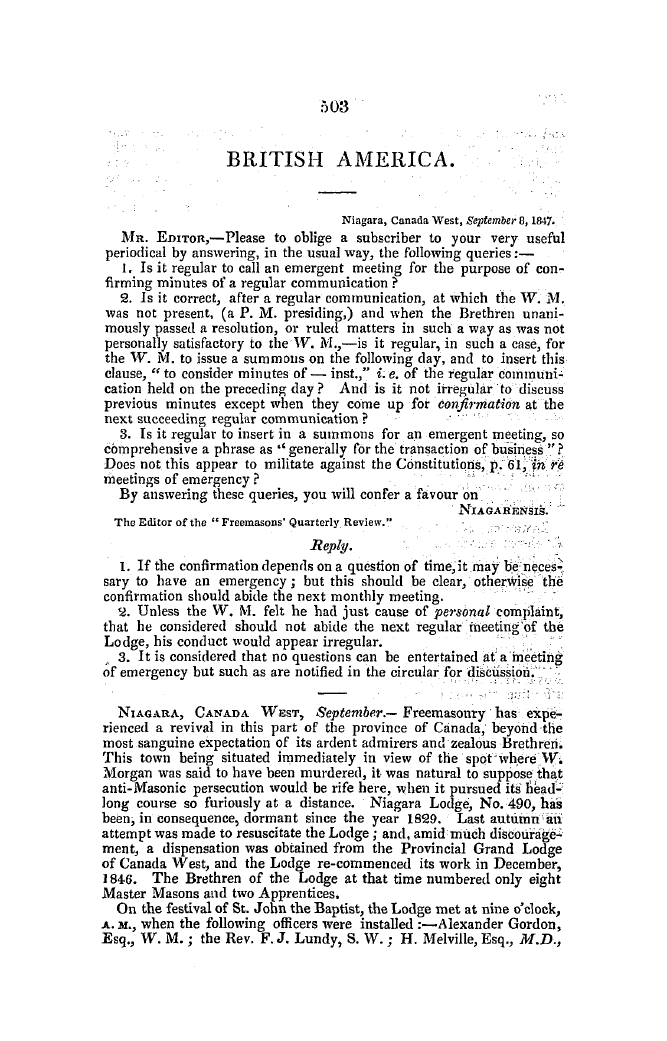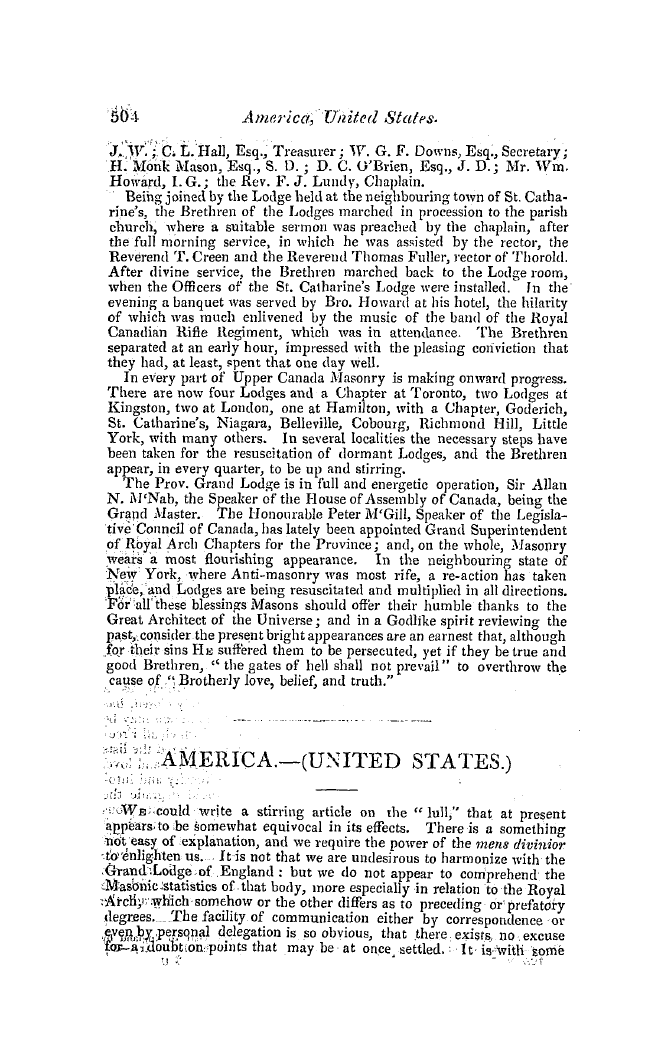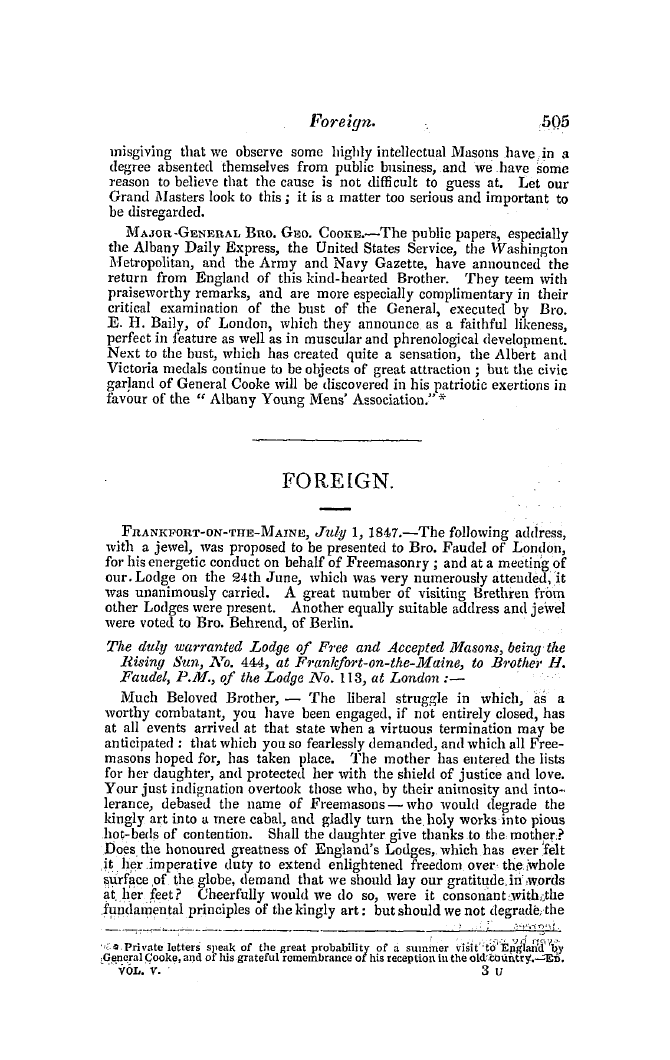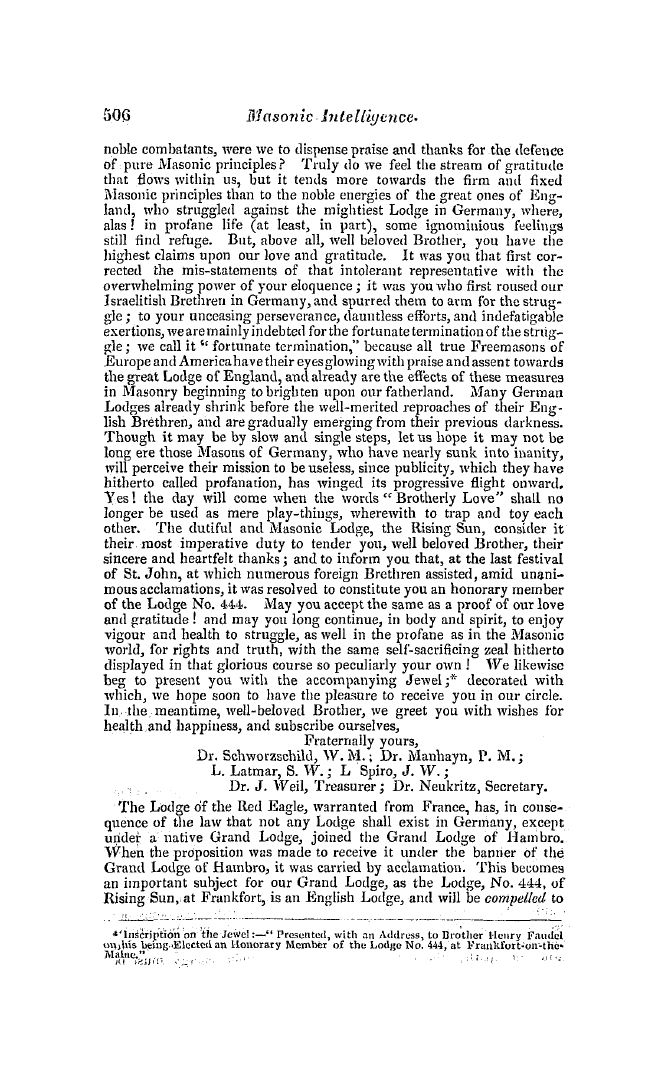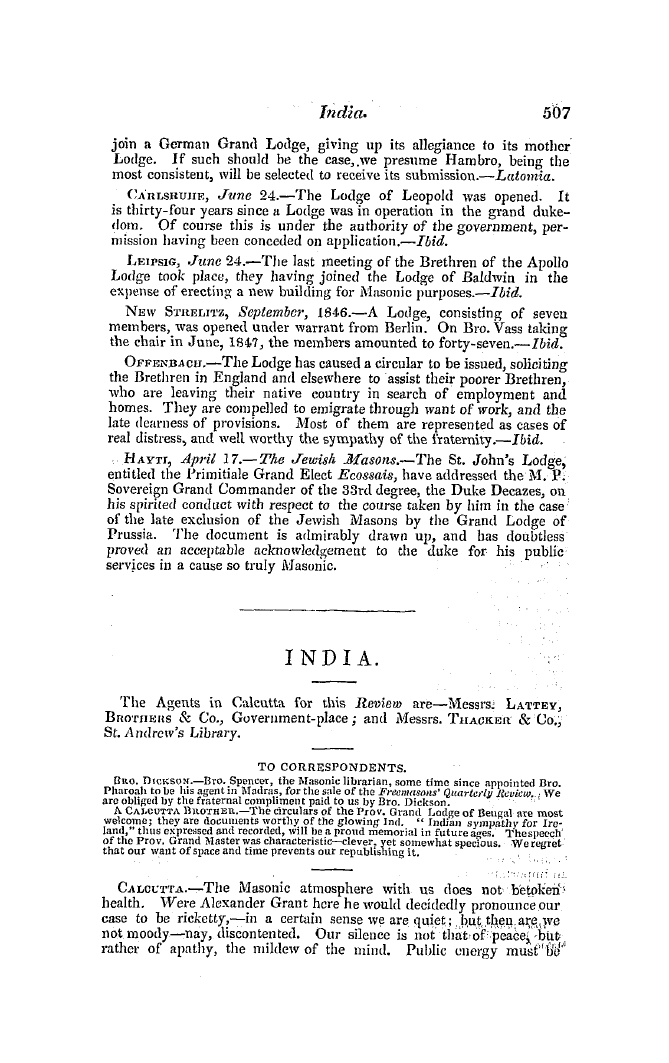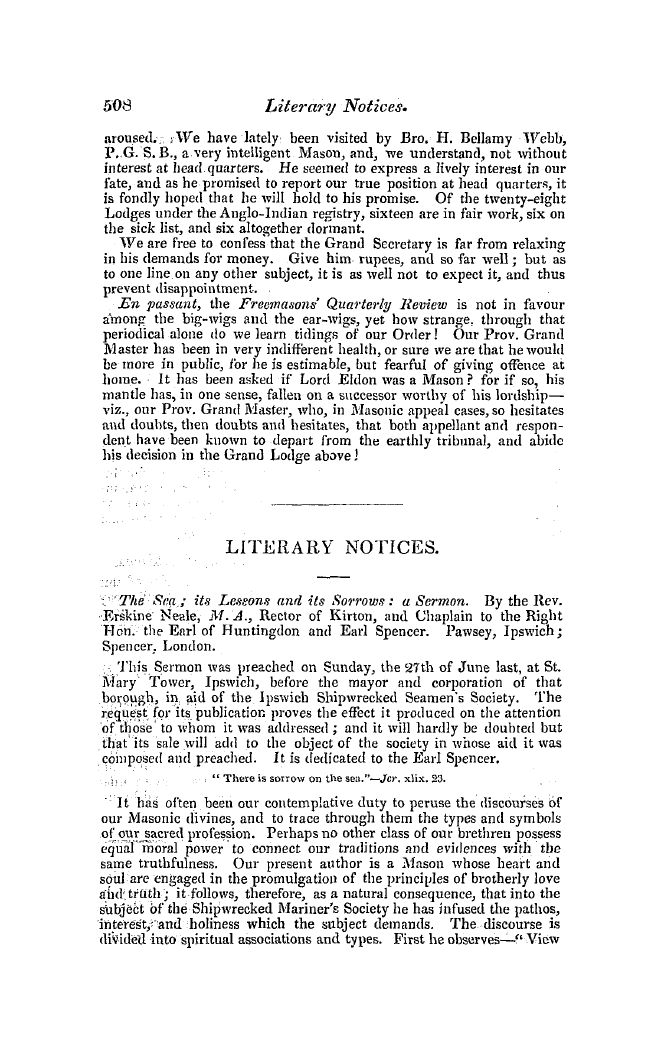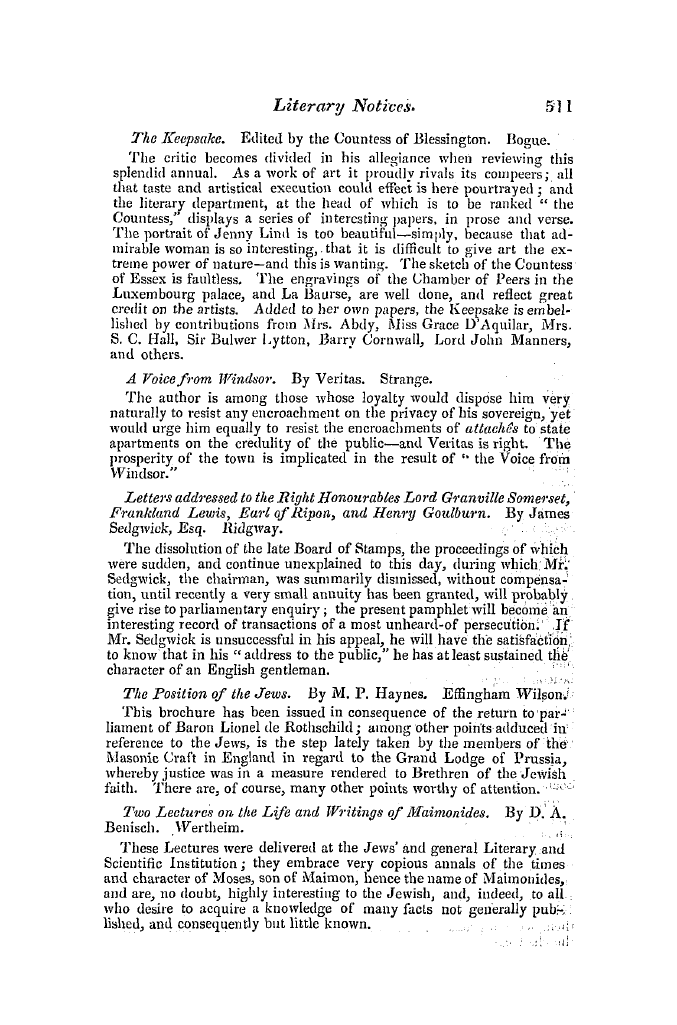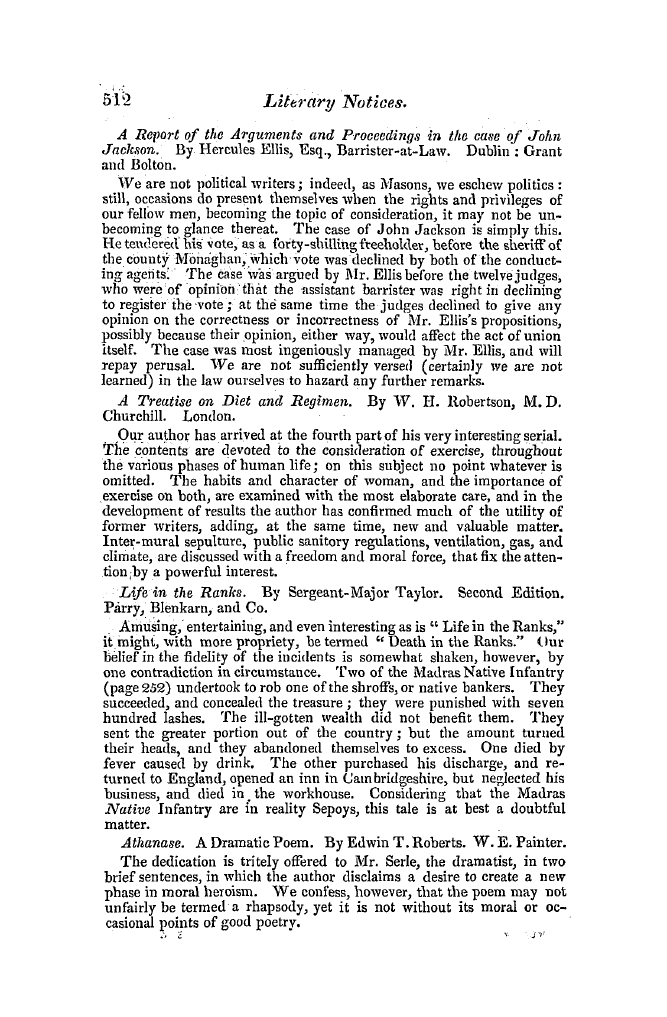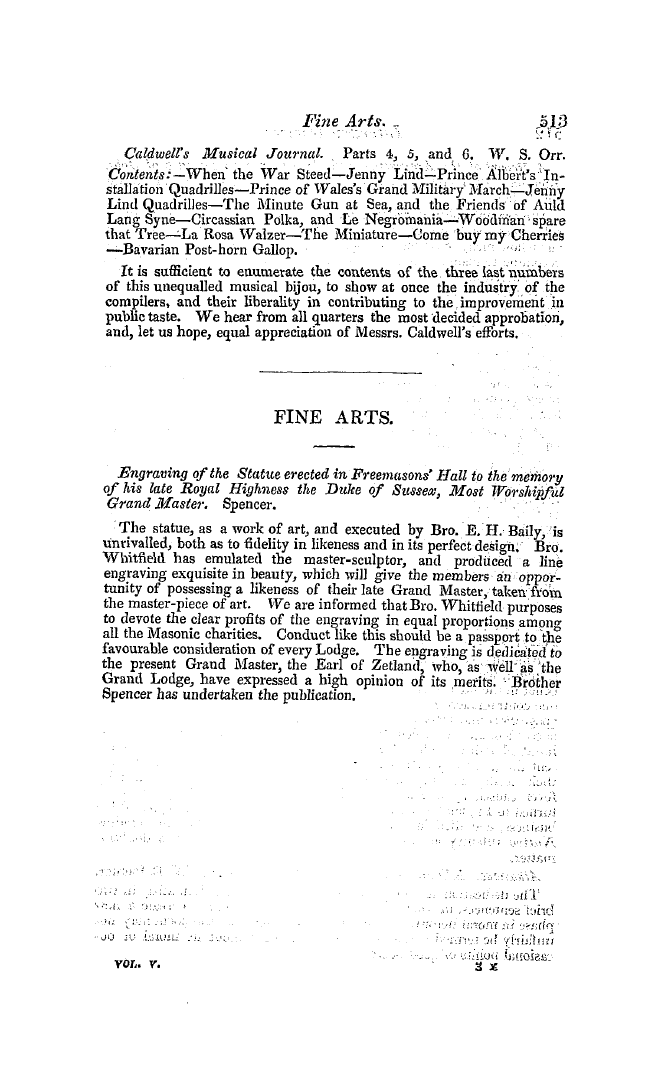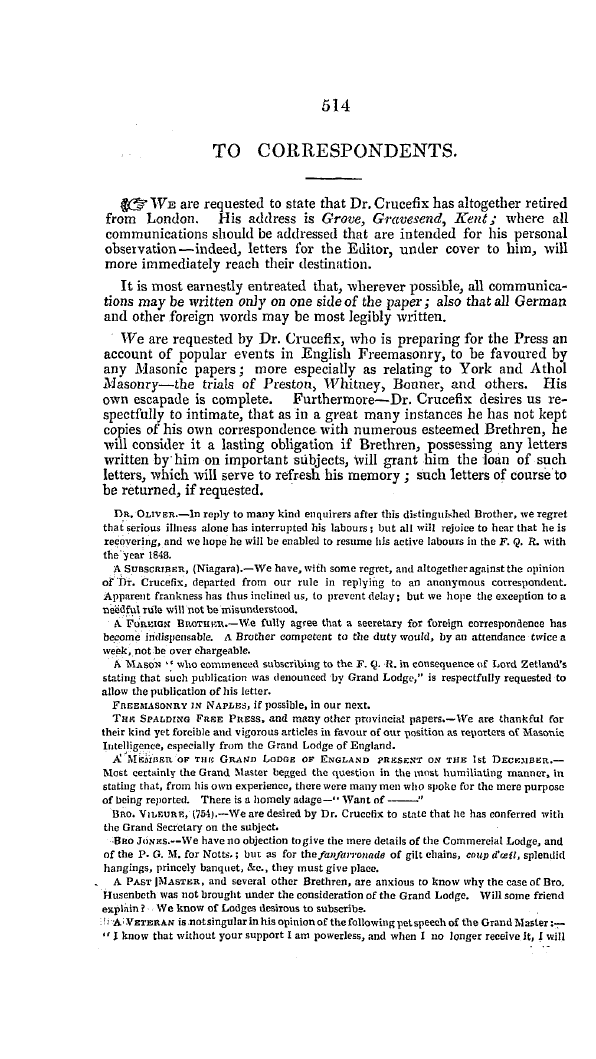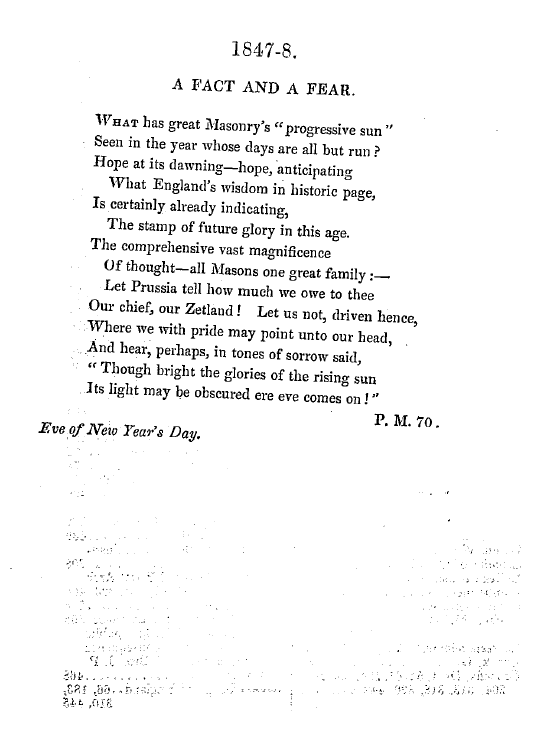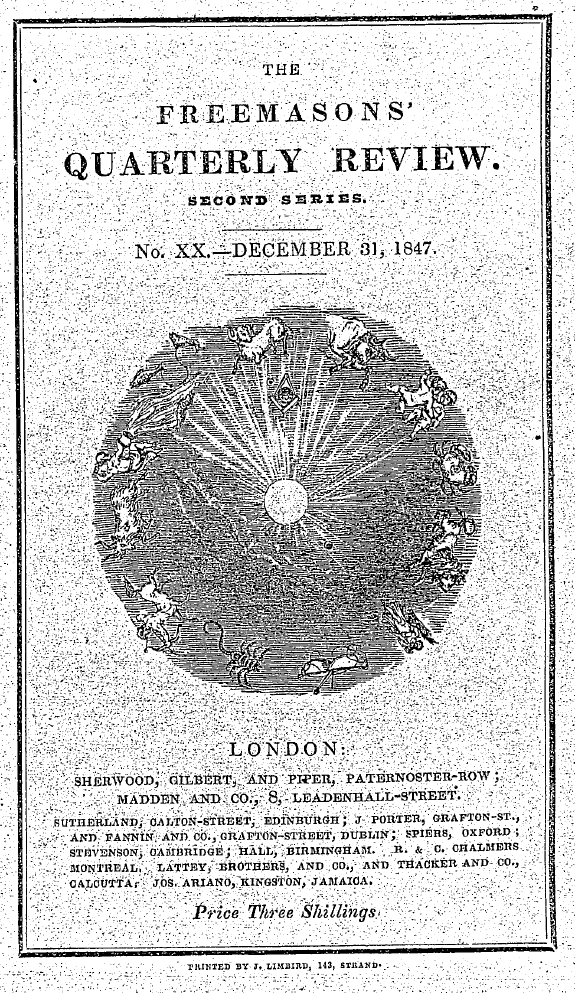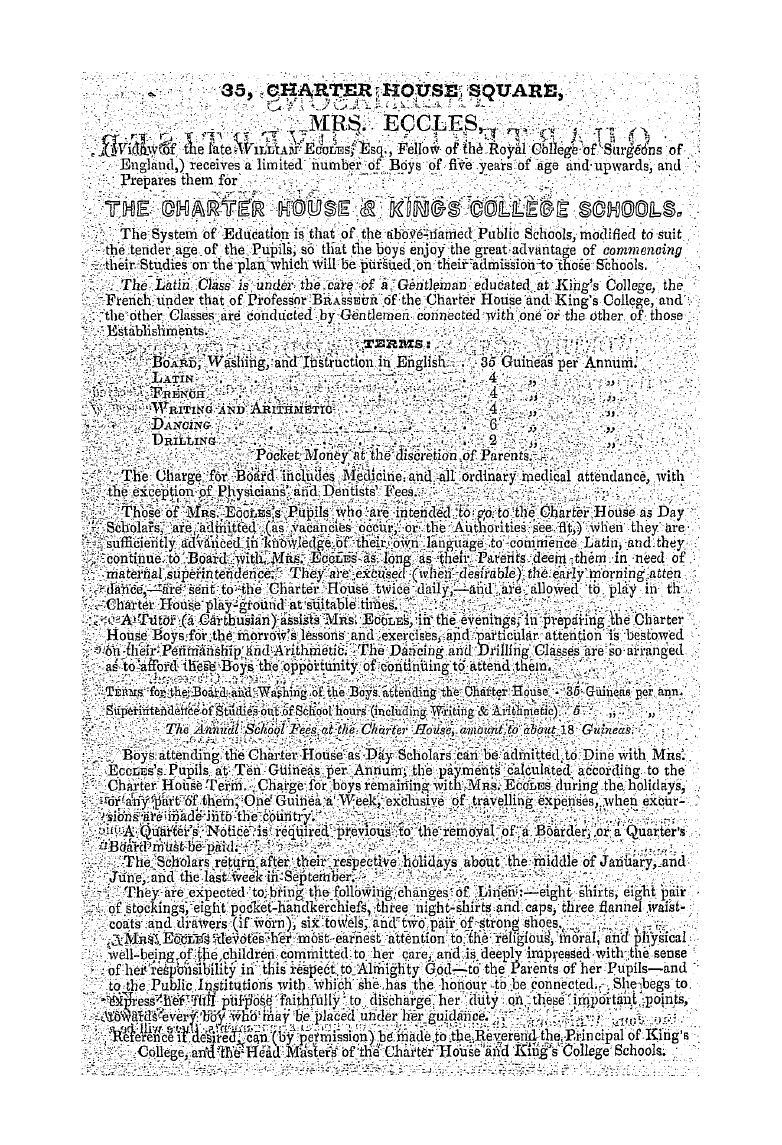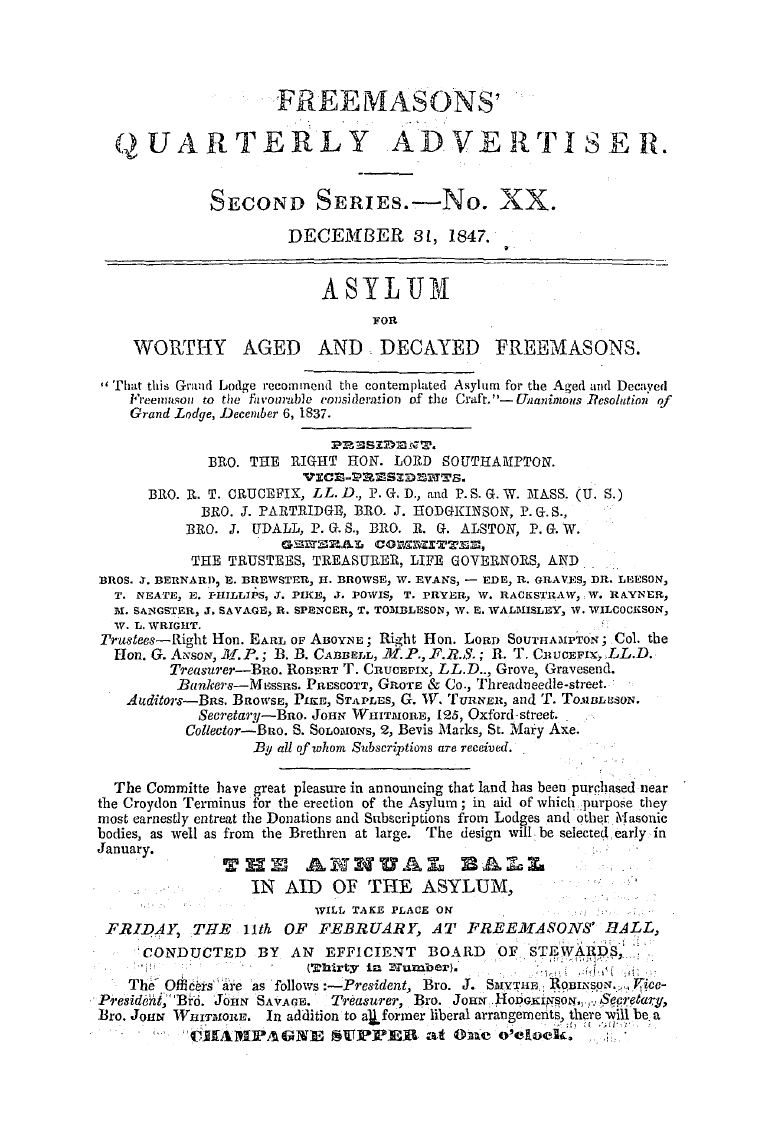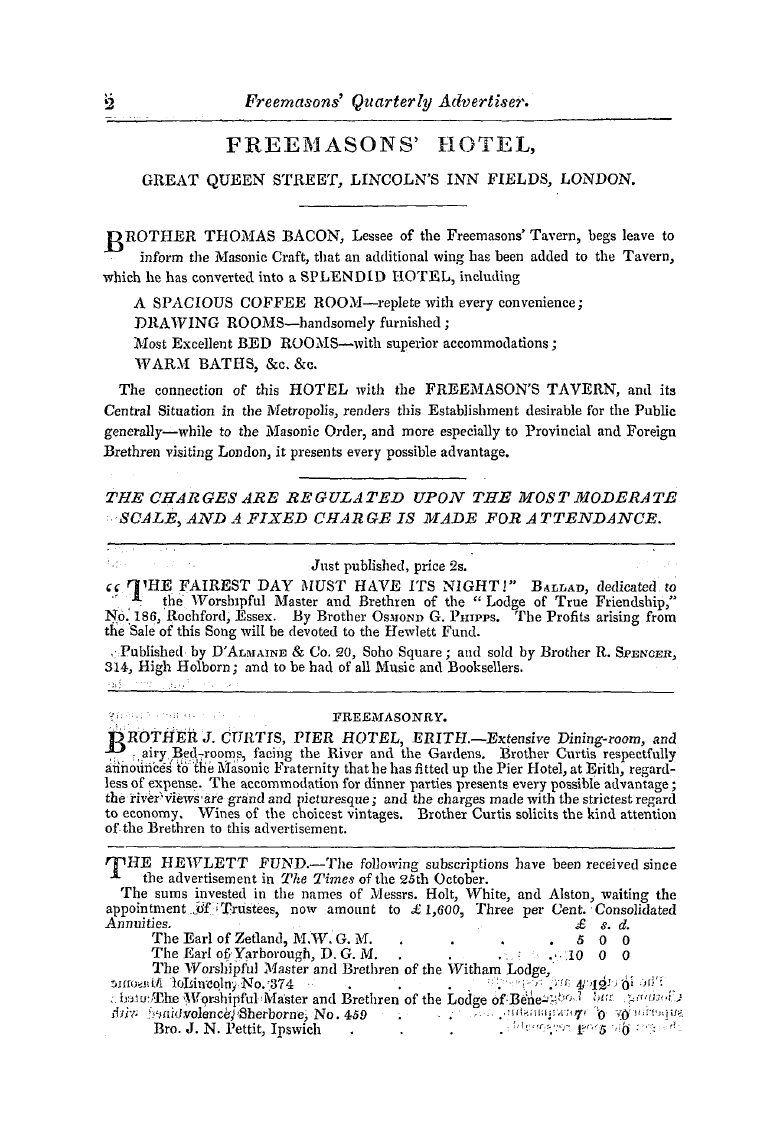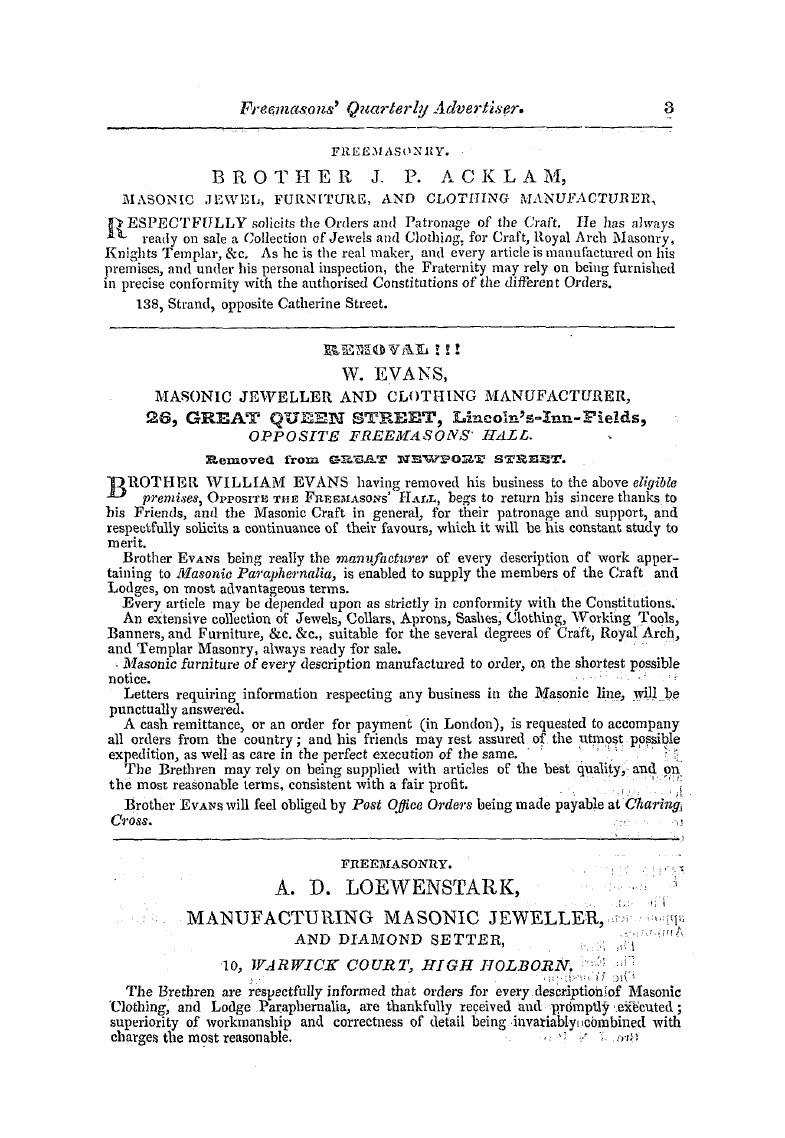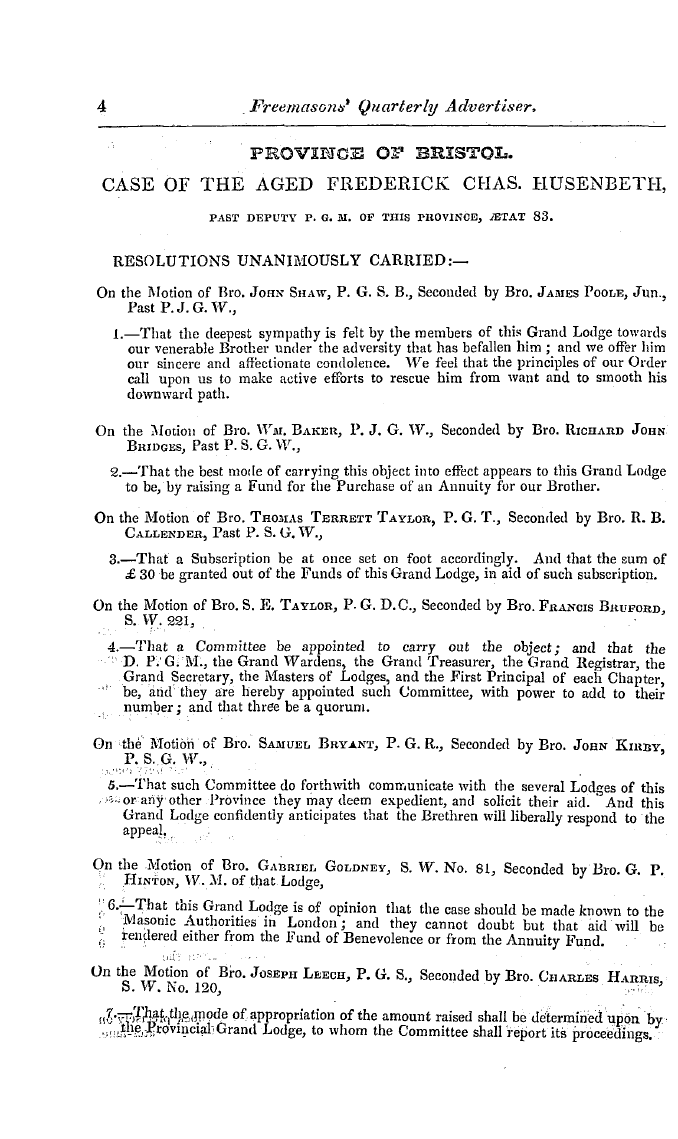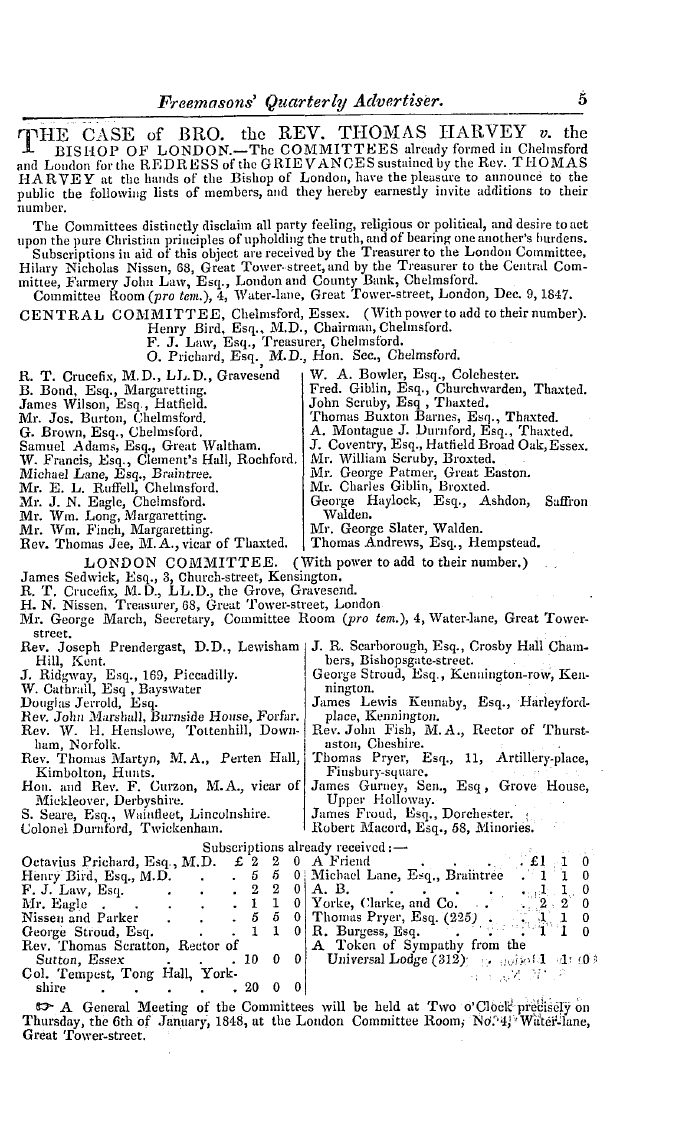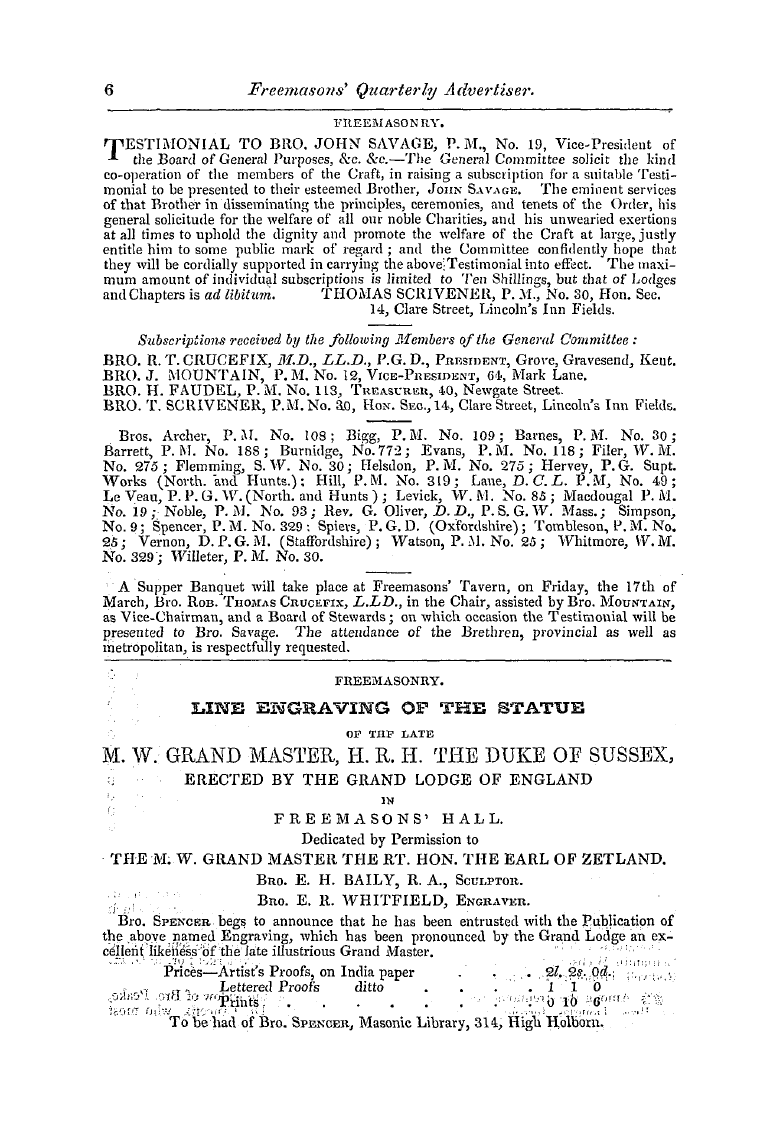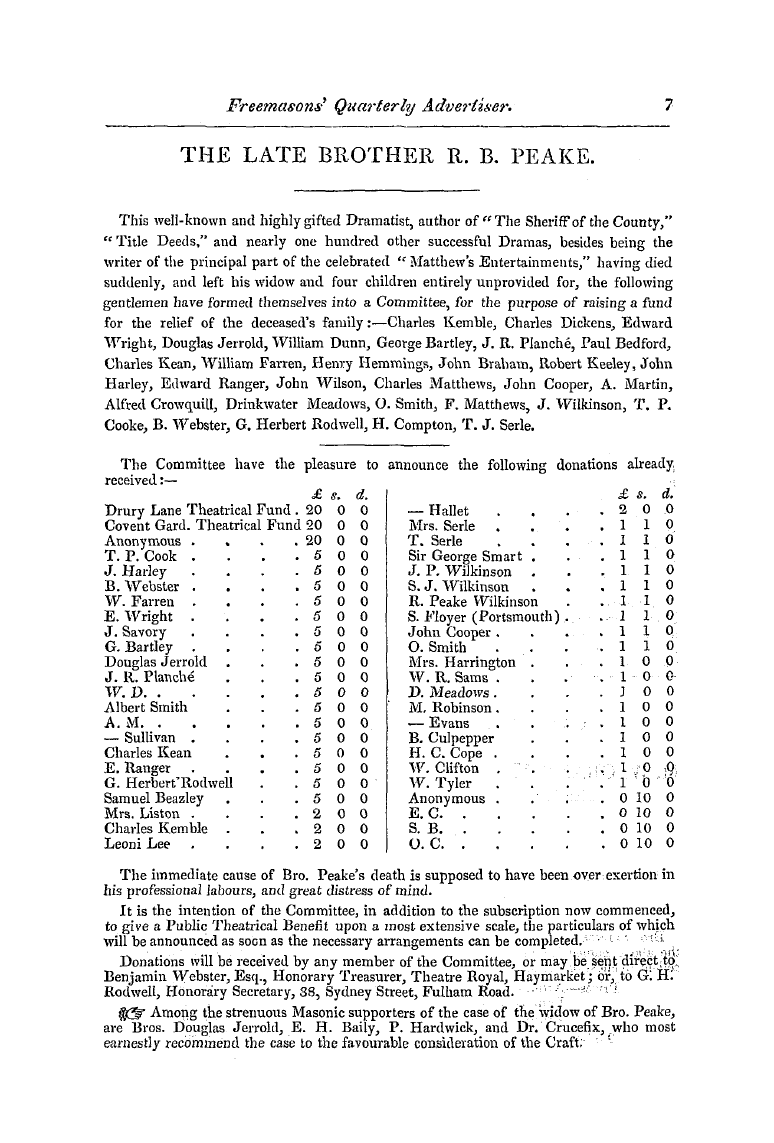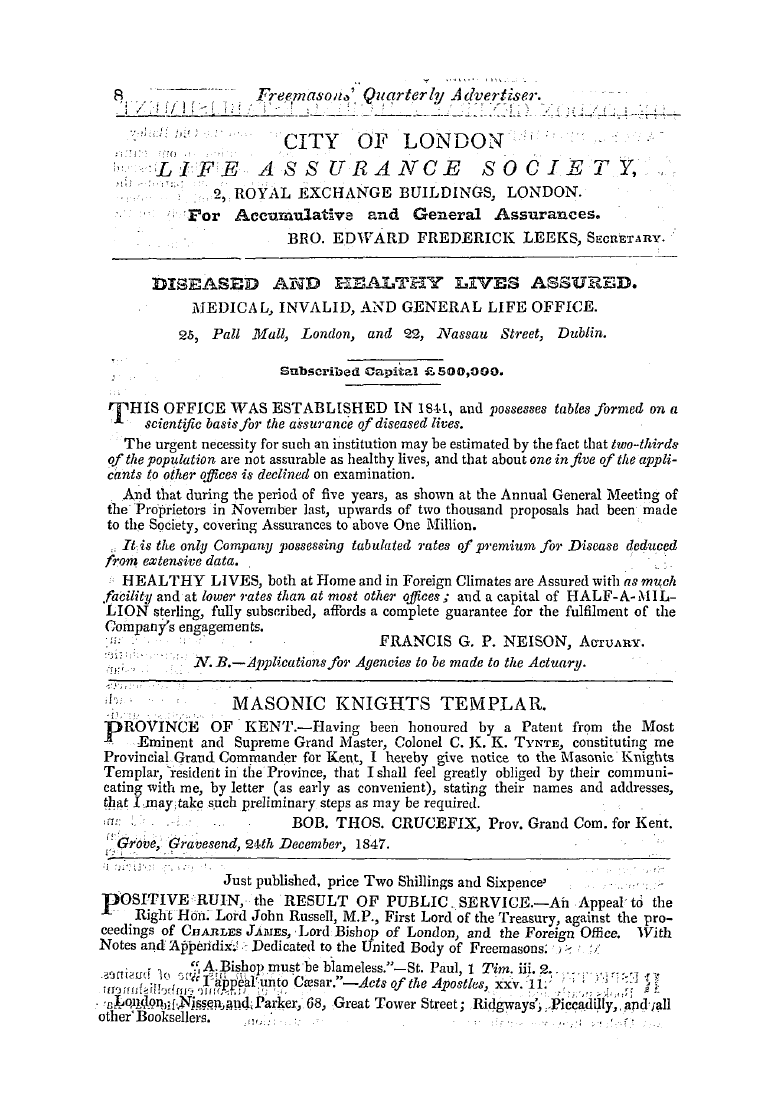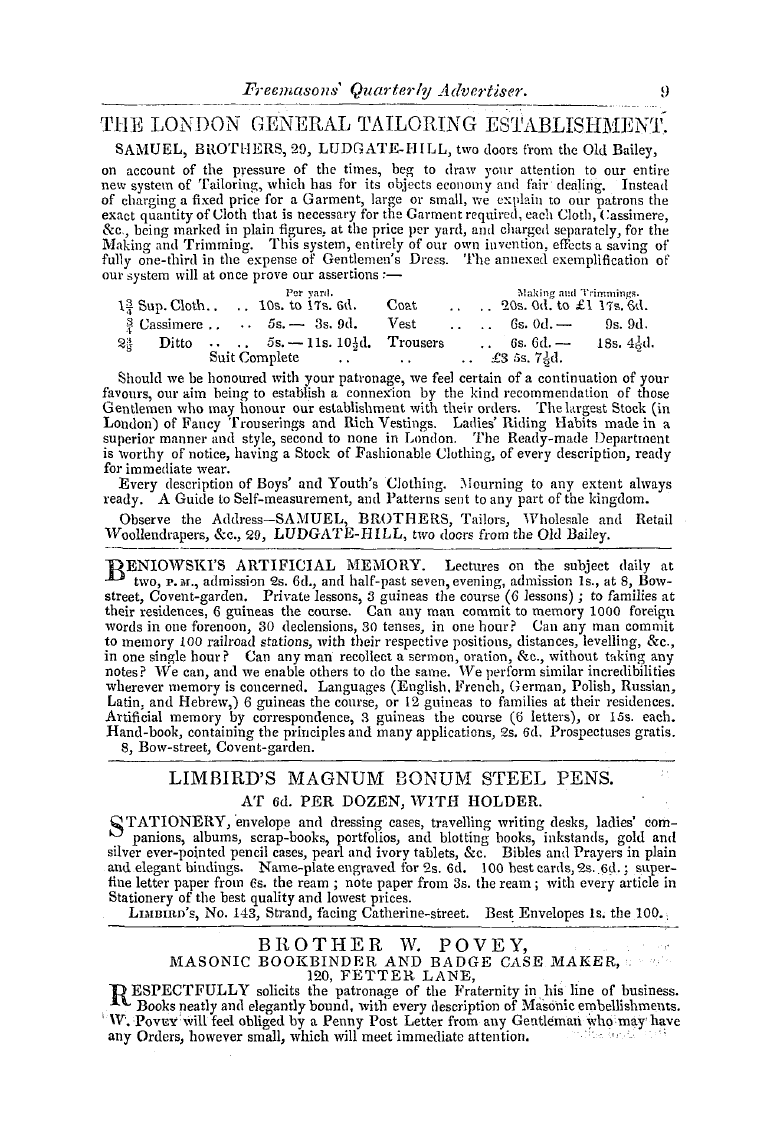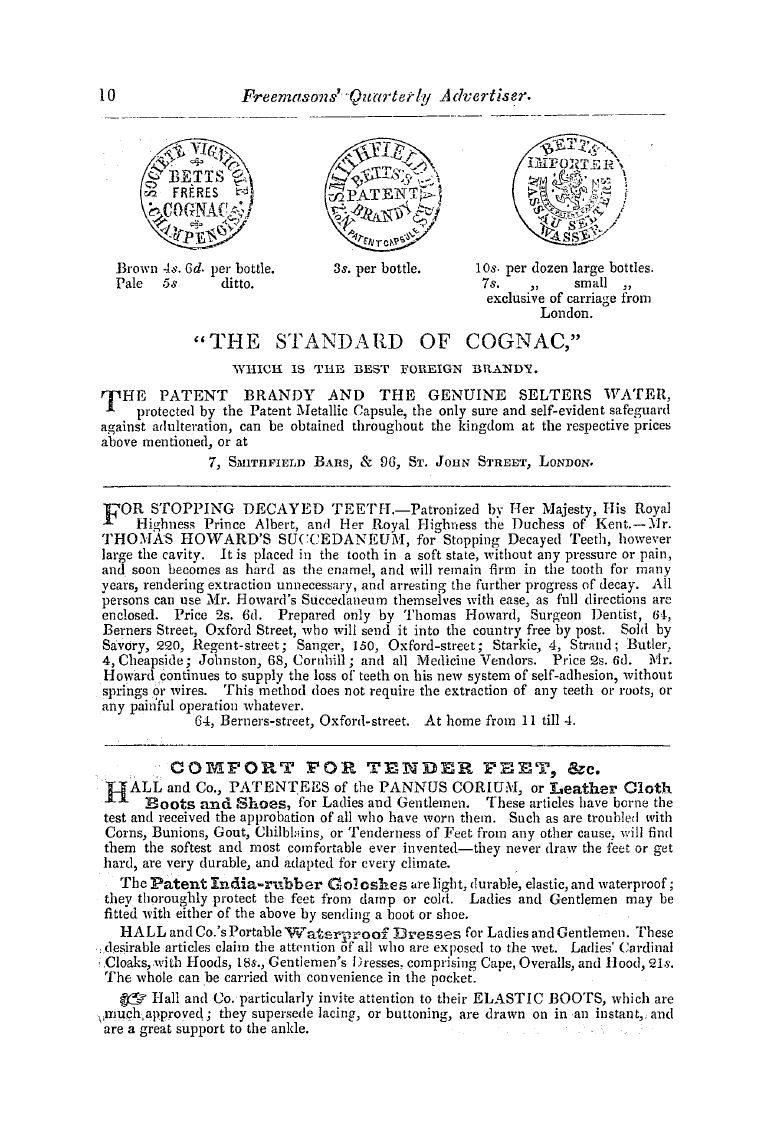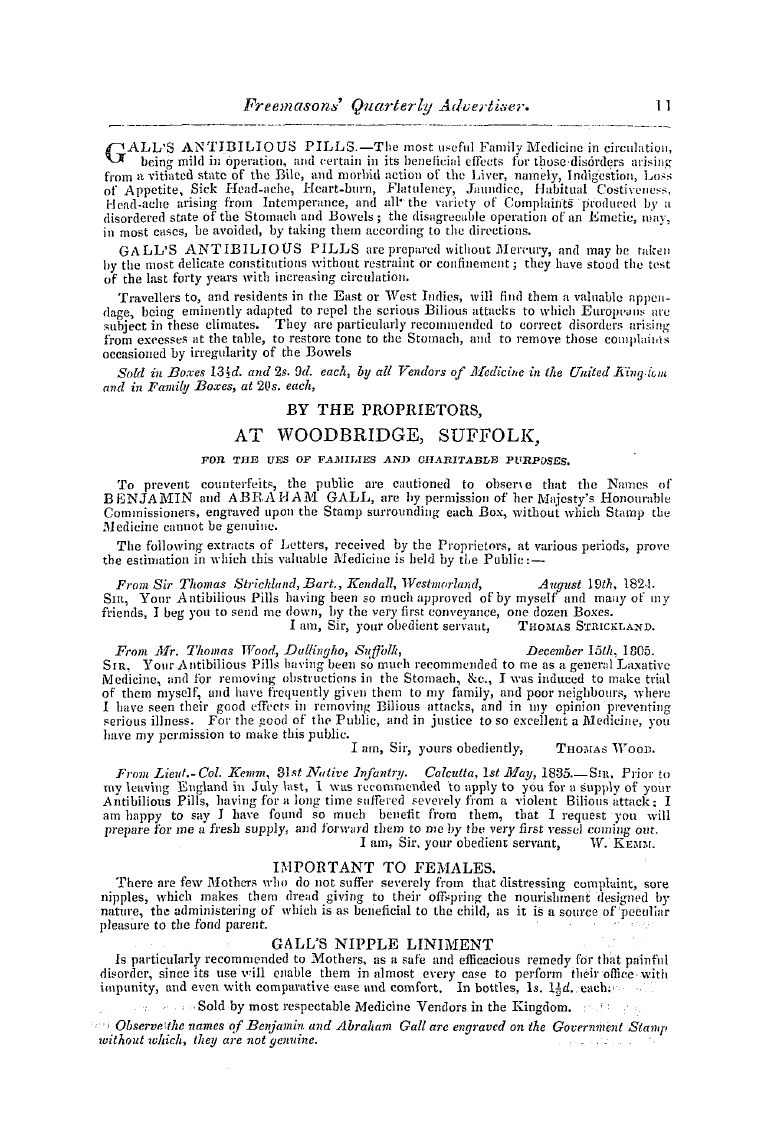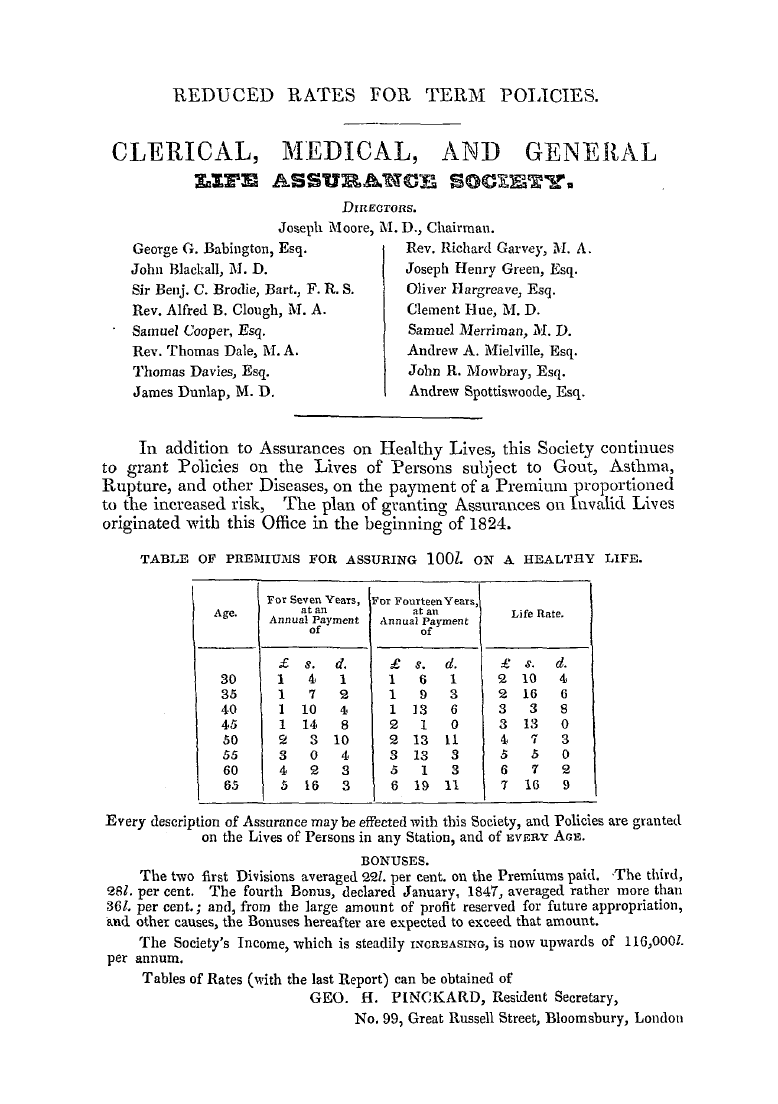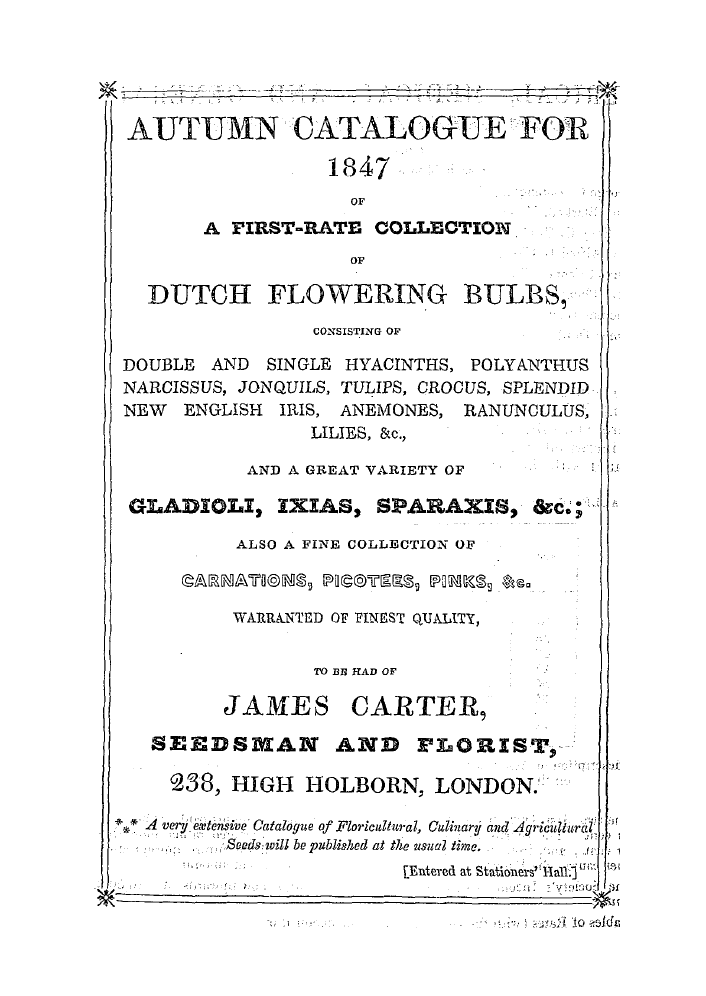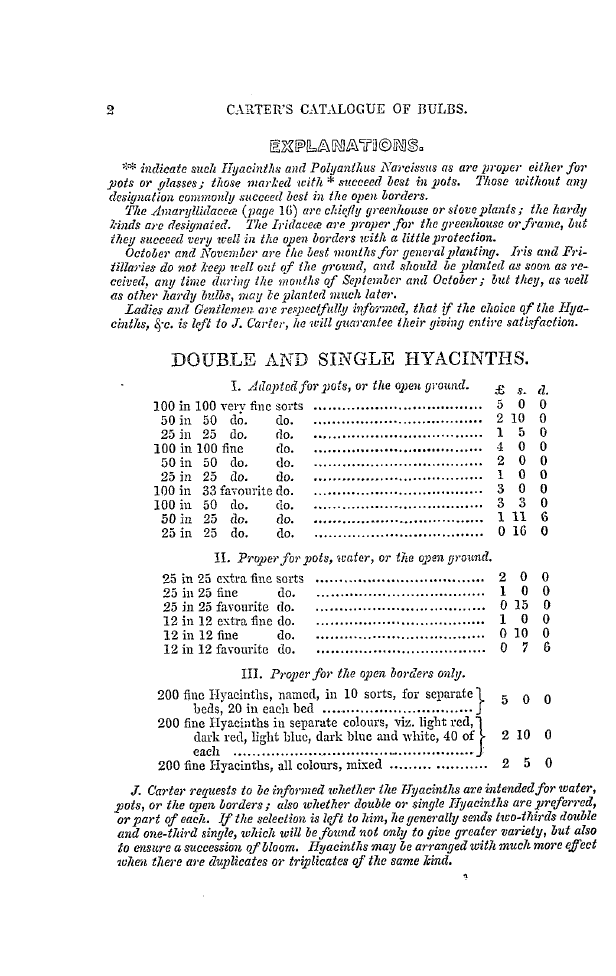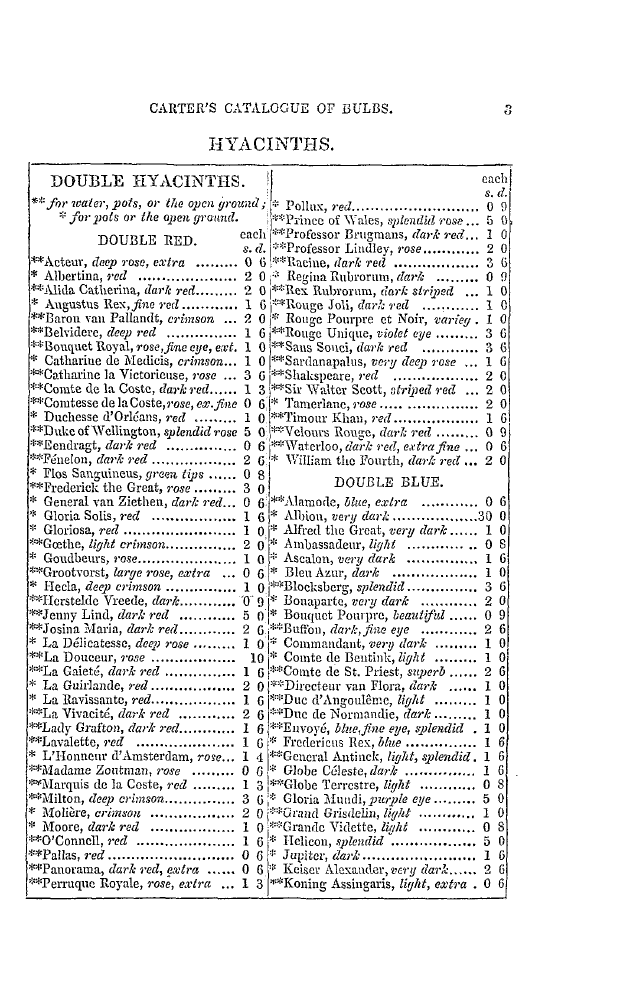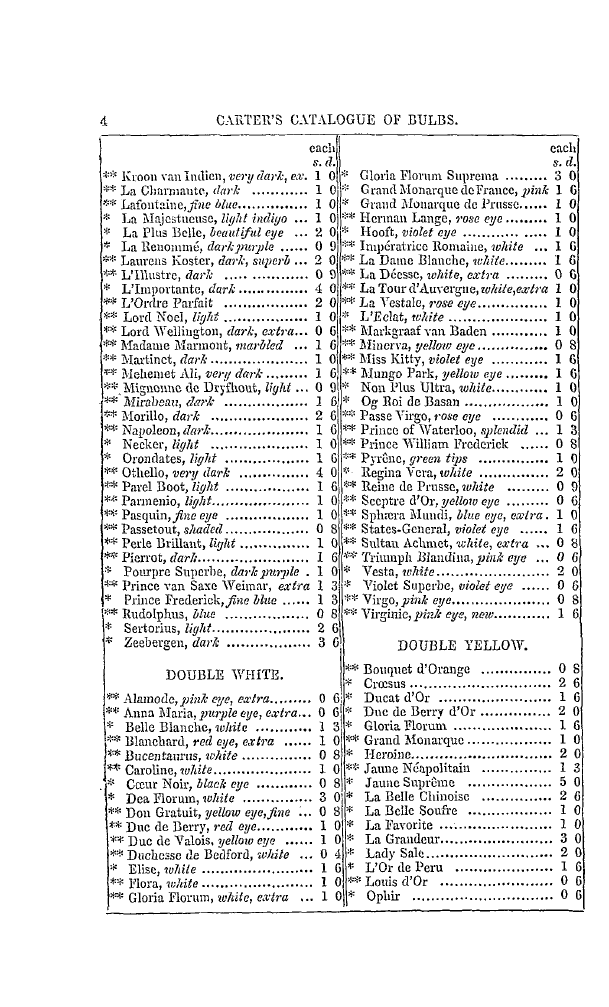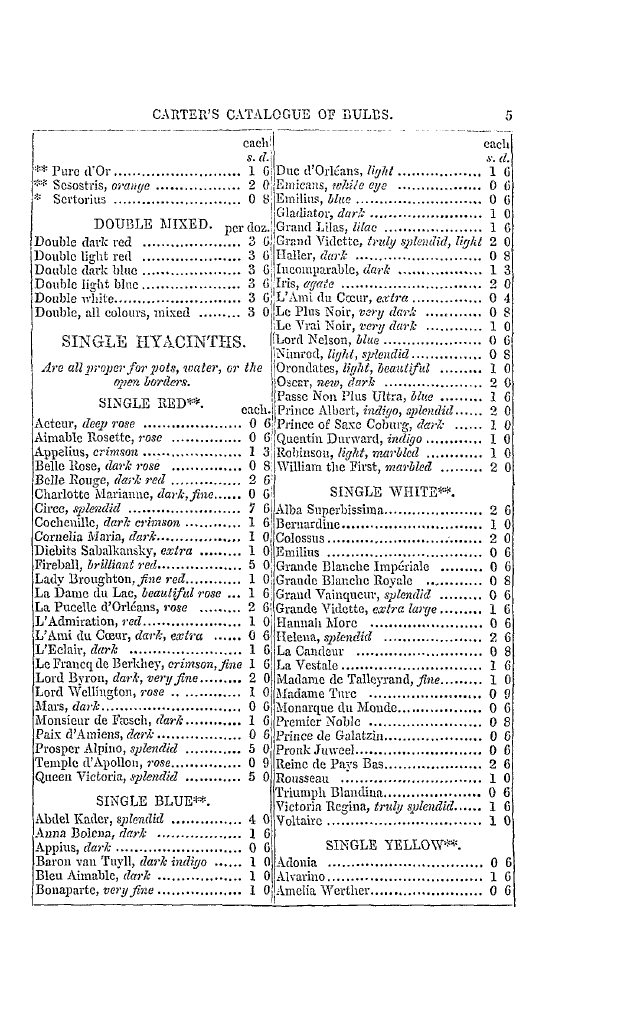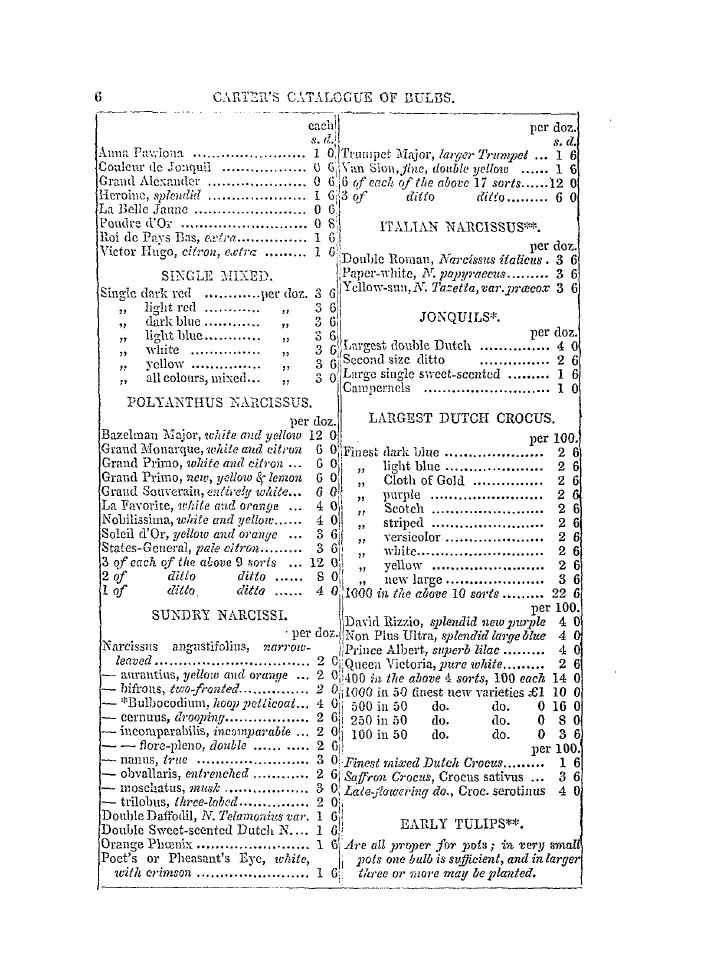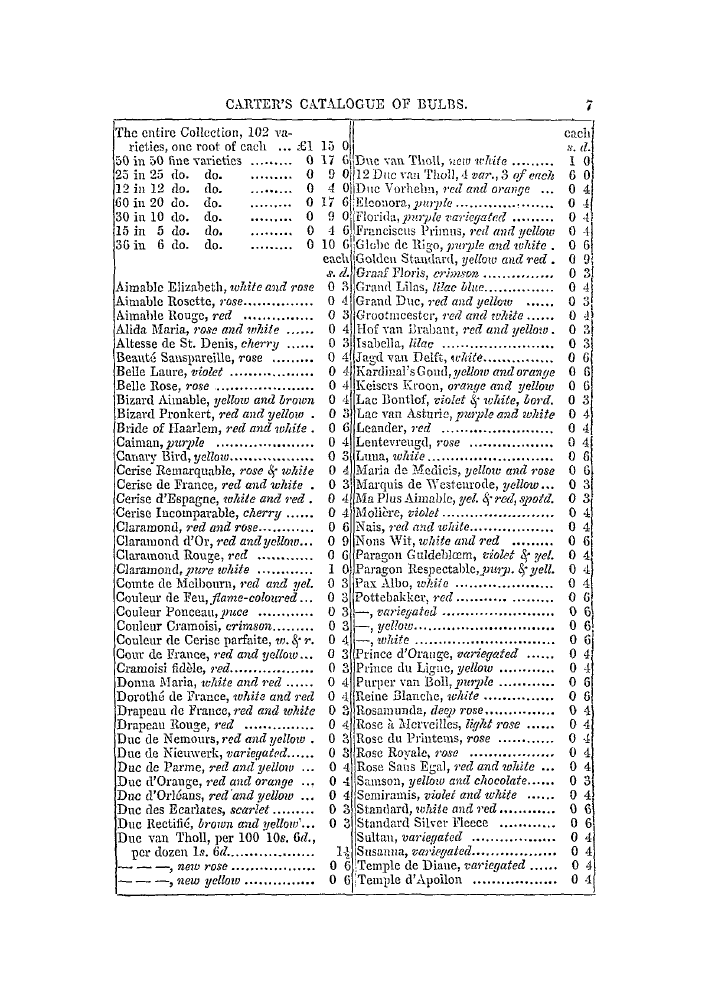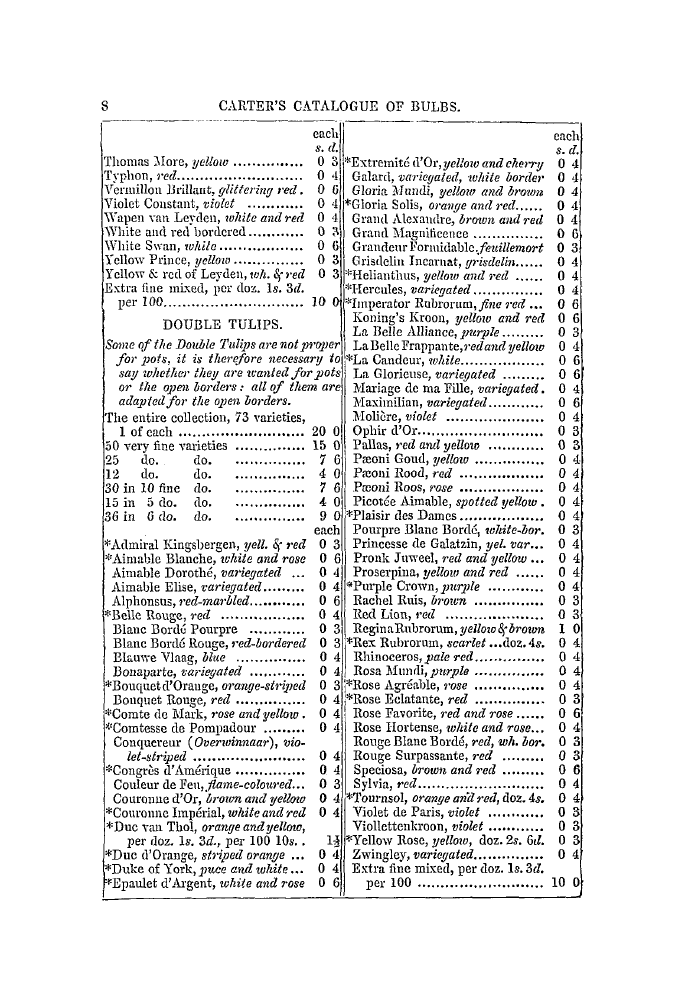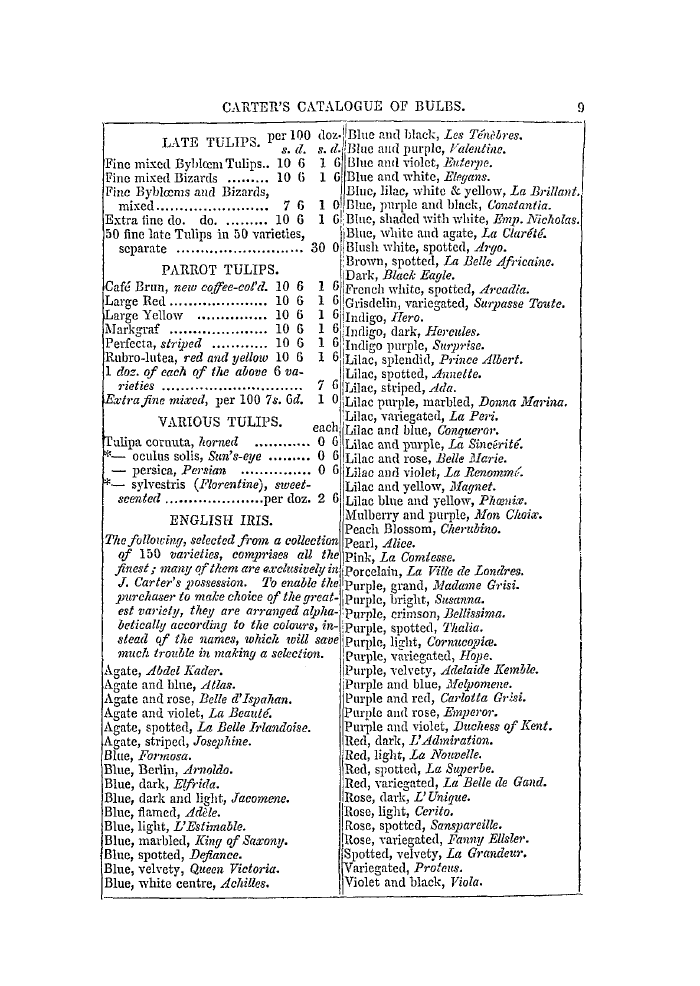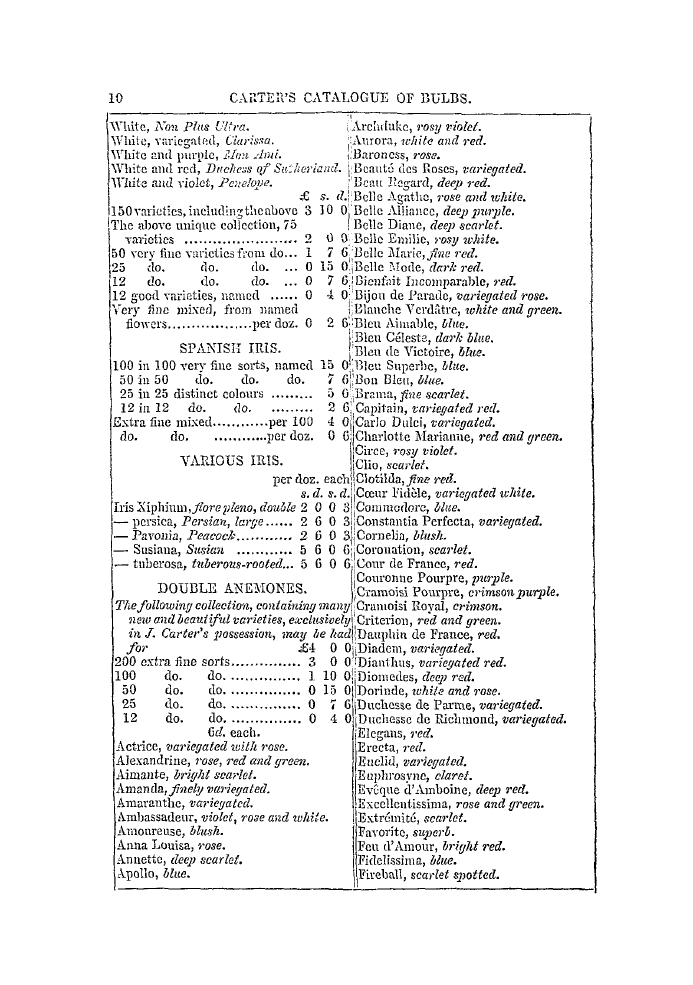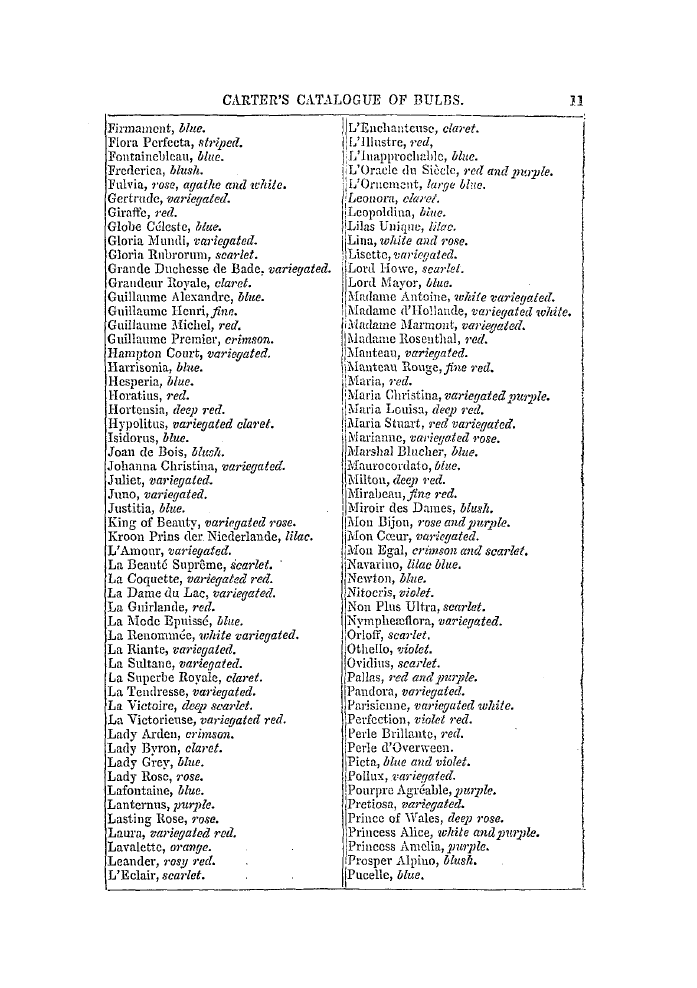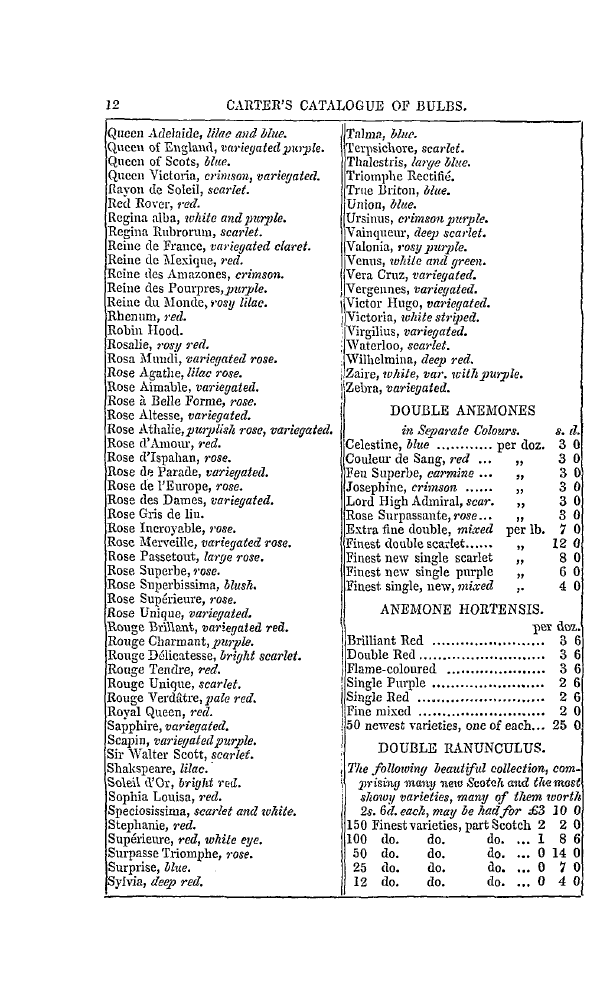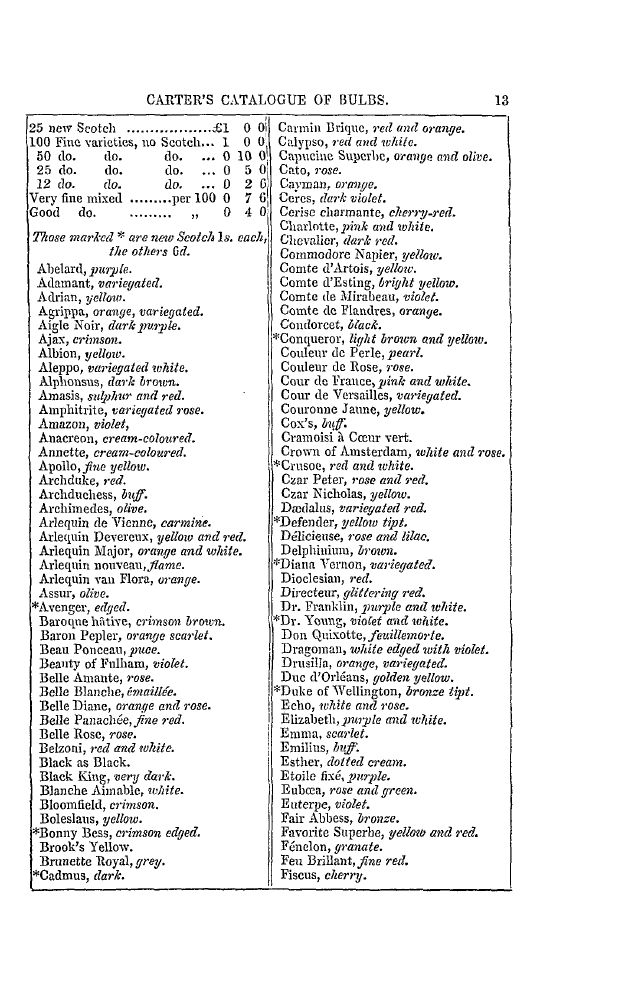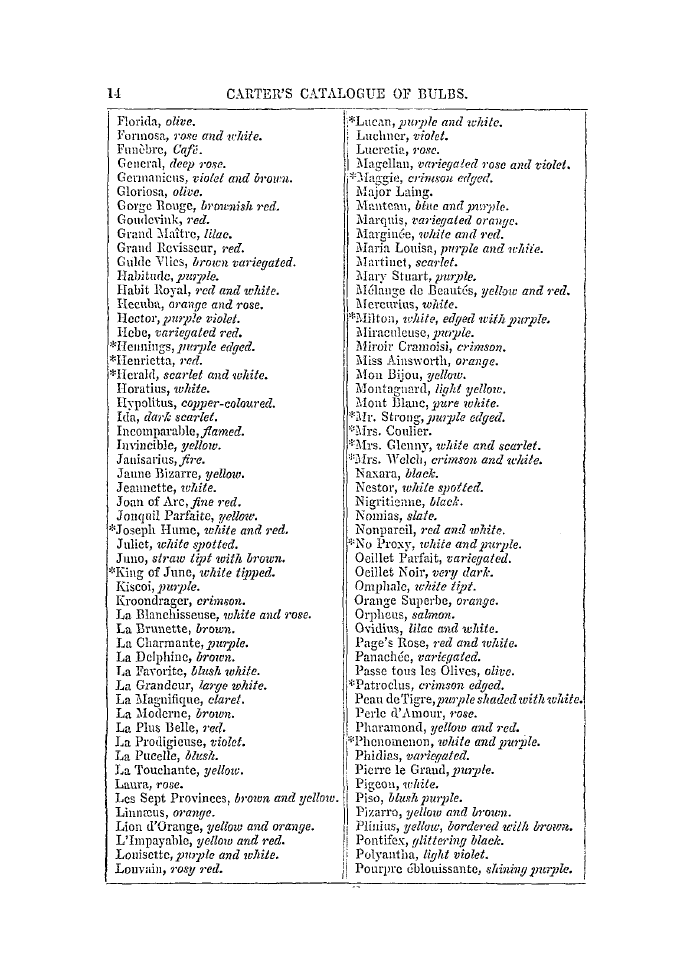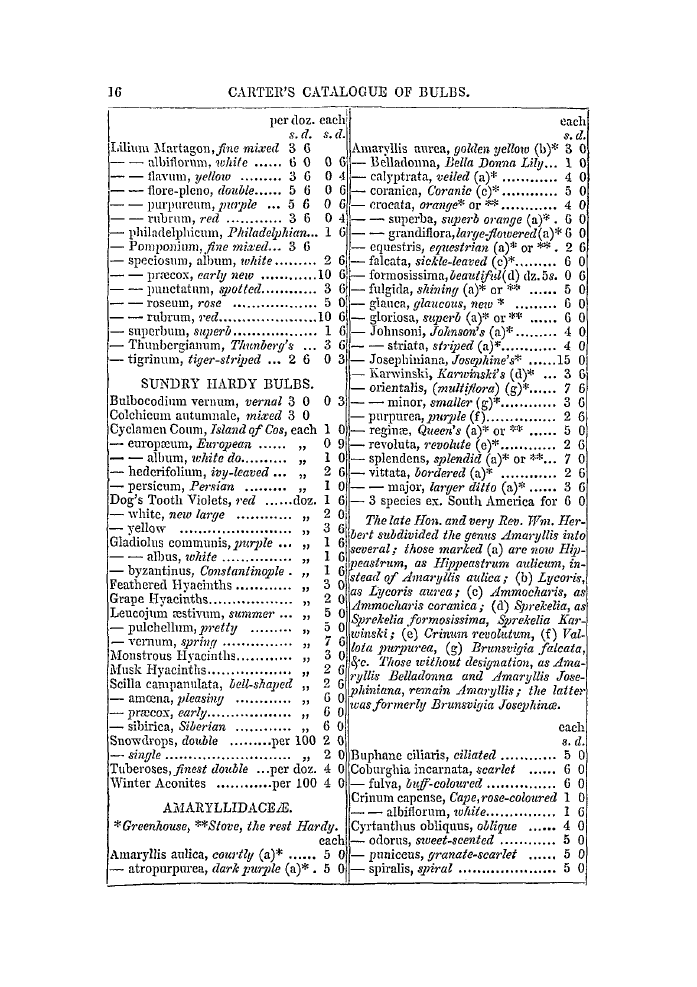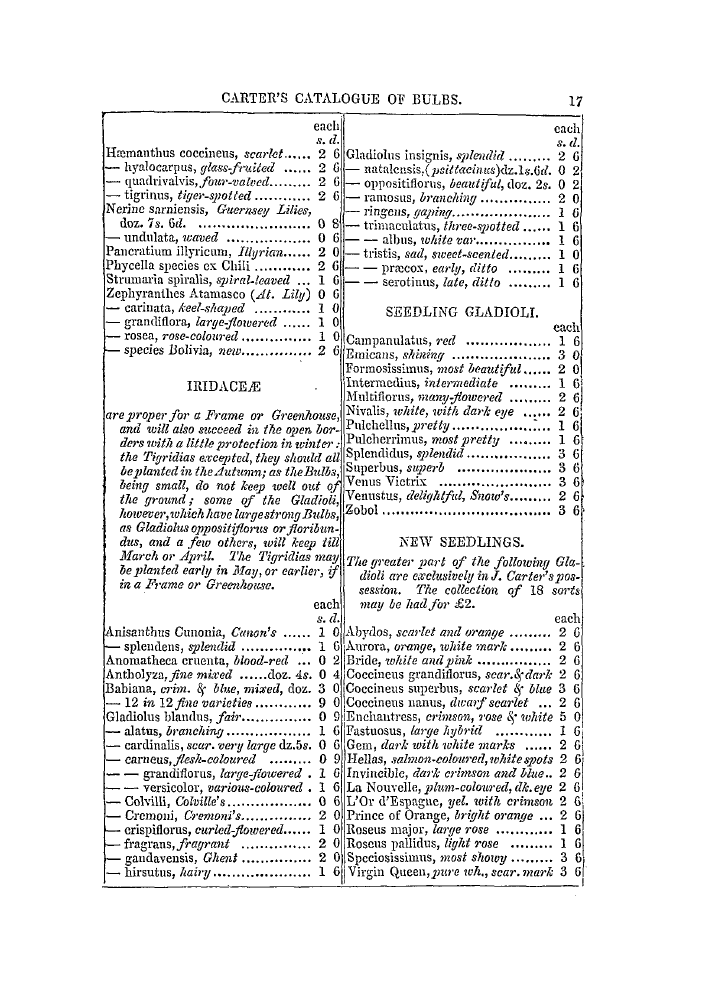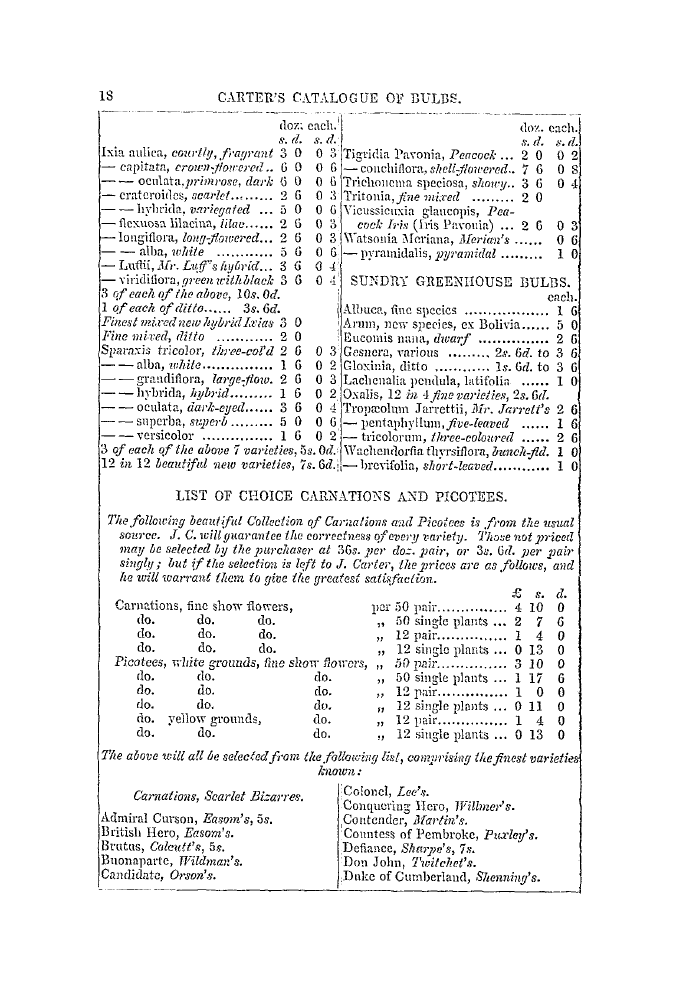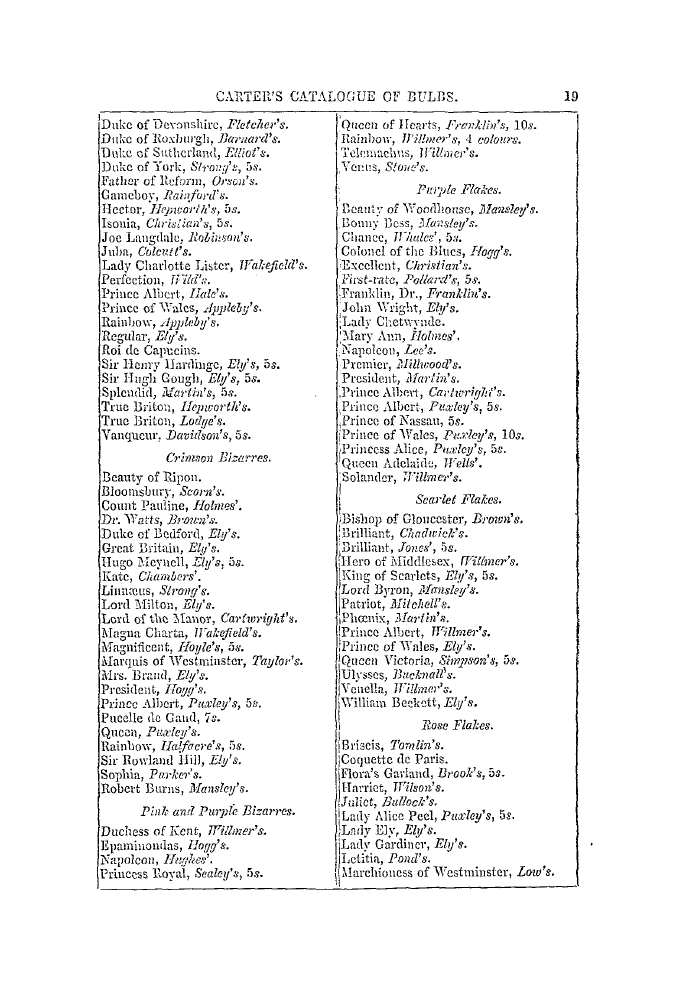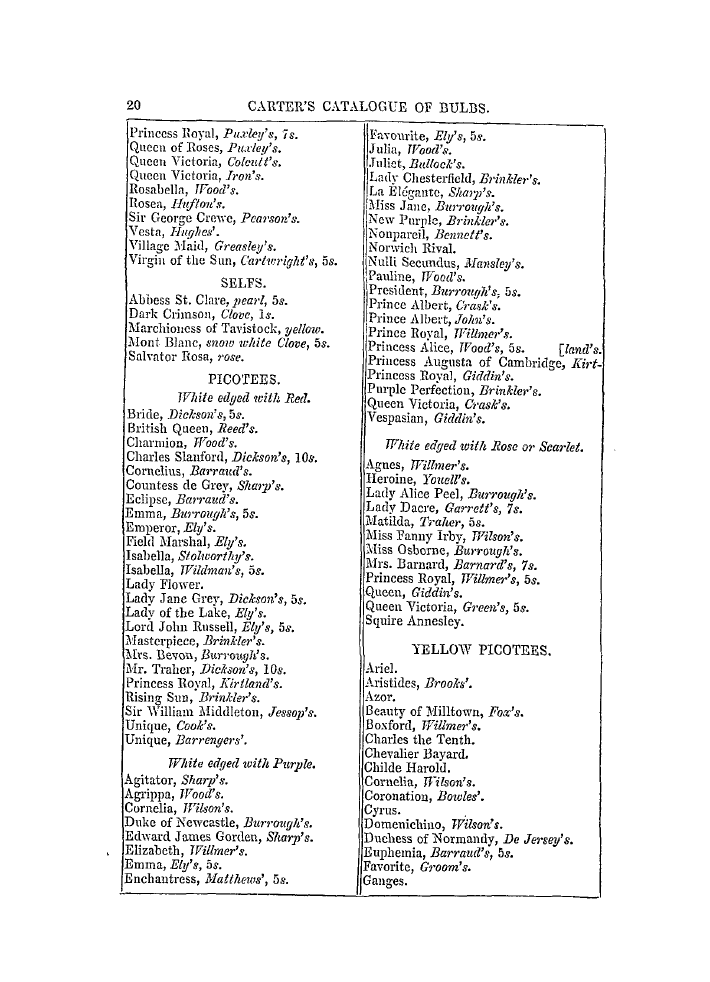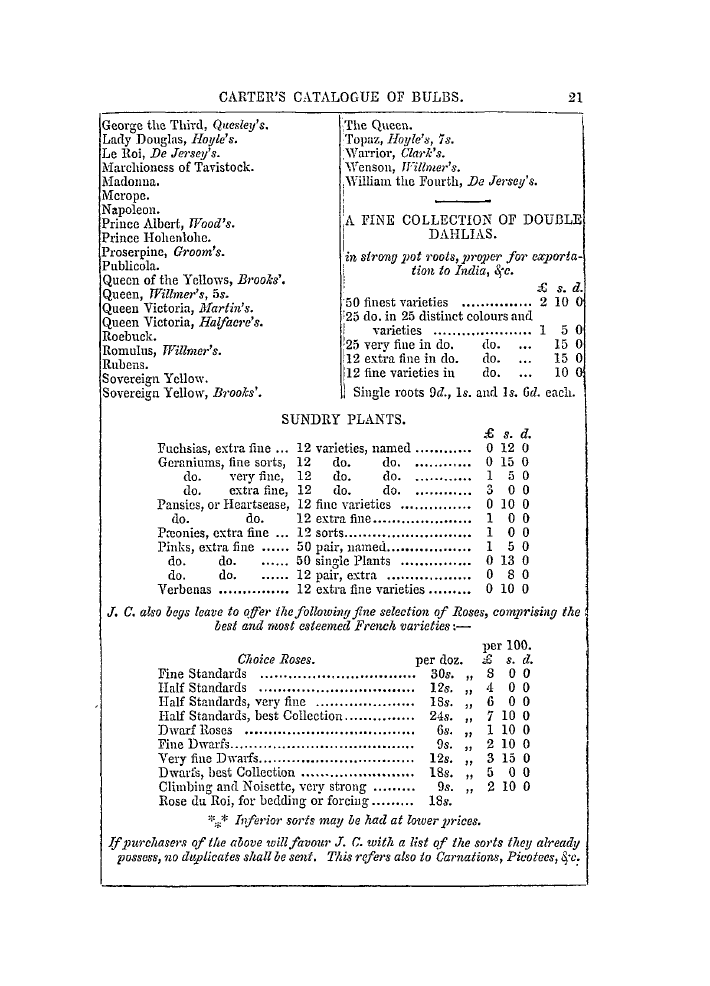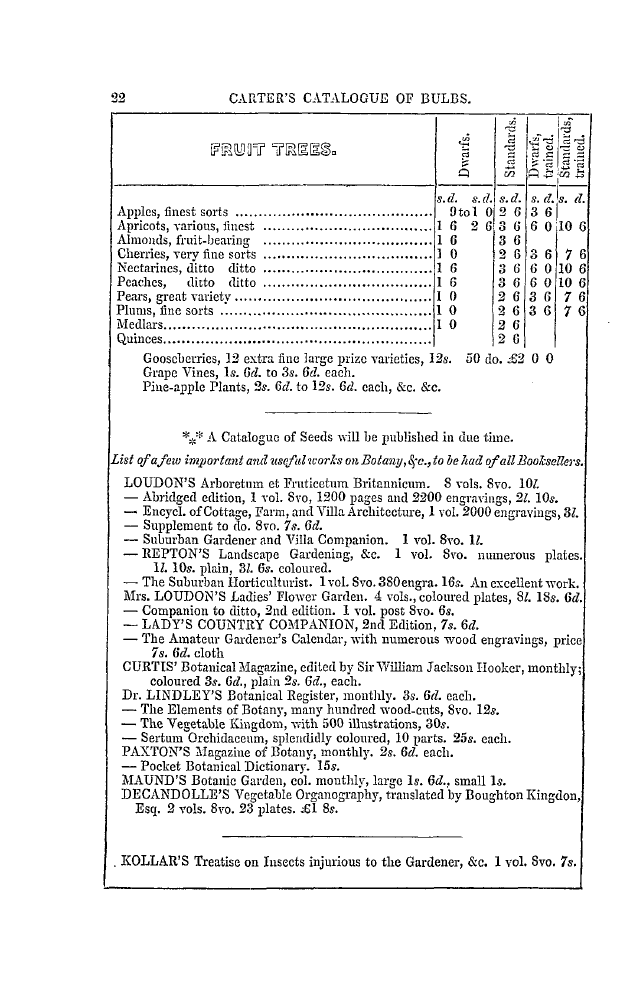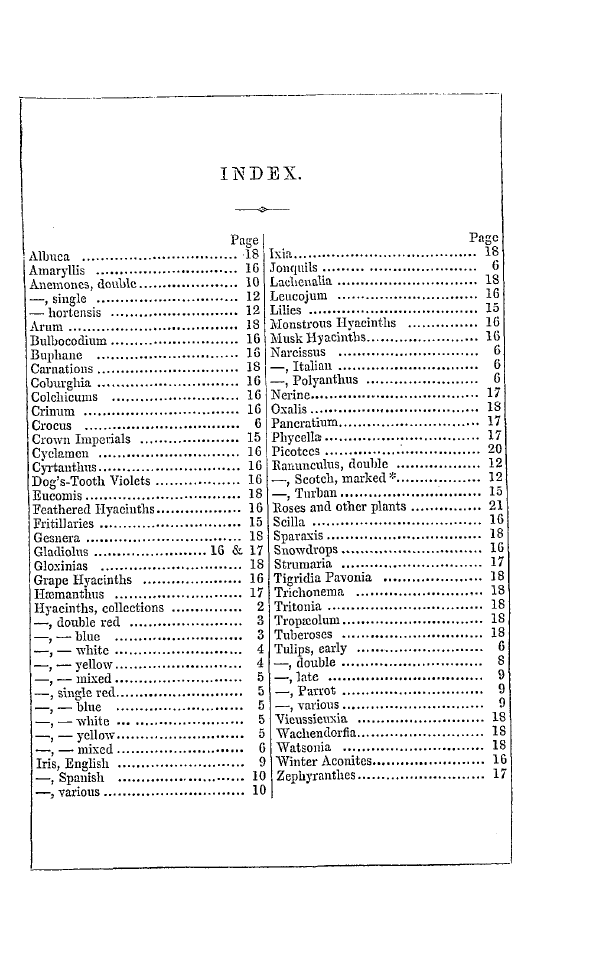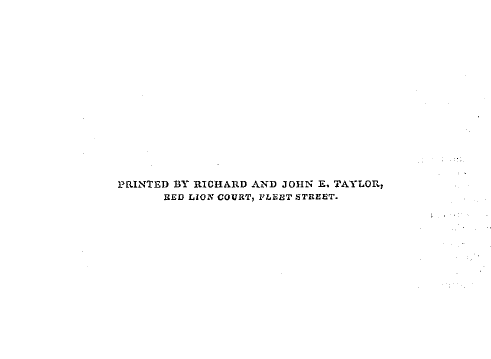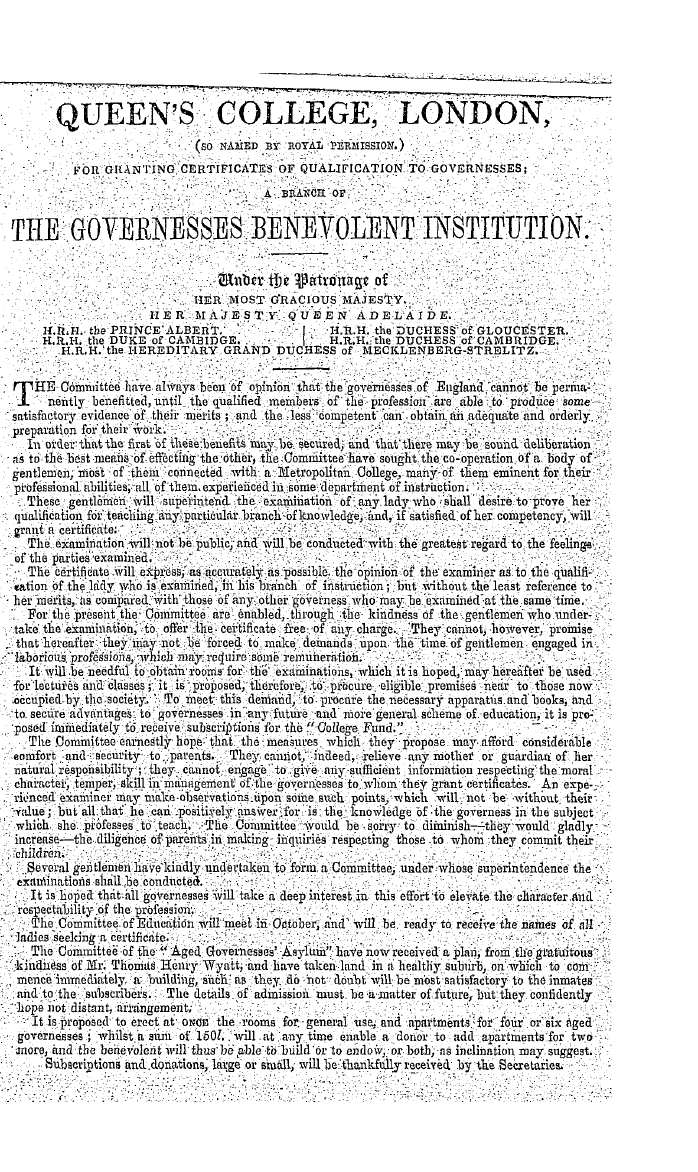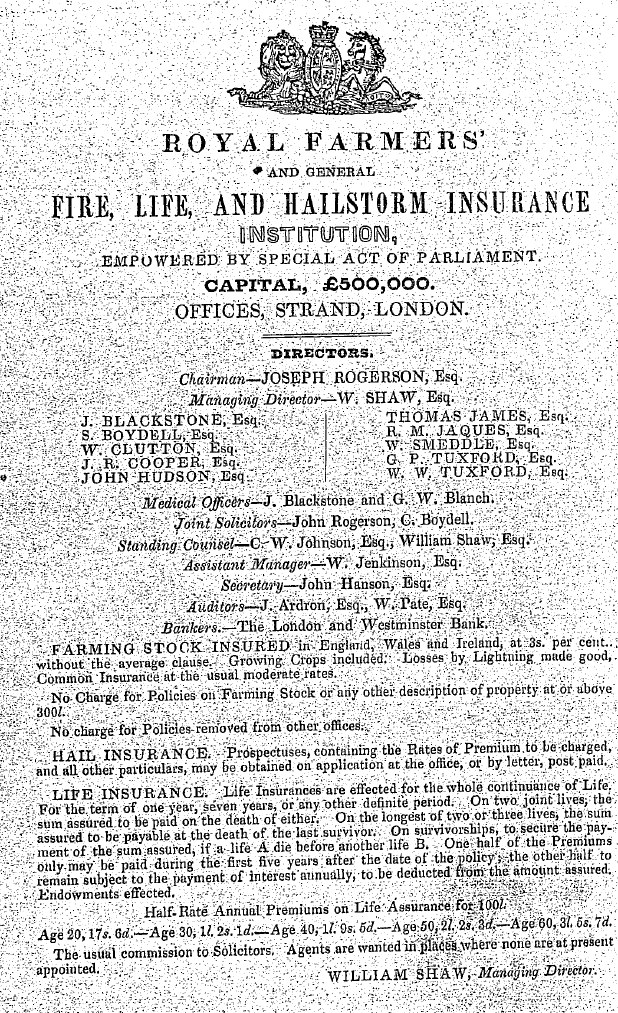-
Articles/Ads
Article ON THE STUDY OF MASONIC ANTIQUITIES. ← Page 2 of 16 →
Note: This text has been automatically extracted via Optical Character Recognition (OCR) software.
On The Study Of Masonic Antiquities.
It is thus that these peculiar operations of the workman display to the mind symbolically , but expressively , sublime ideas , and sentiments of an existence which , though called into being by the hand of man , seems calculated to last as long as the earth shall endure . As we regard the mountain of Elora , and that range of magnificent temples which appears to have grown into its rocky bosom rather than to have been fashioned bhuman labourthe mindreverting to the misty
y , , past , and deeply pondering on the dark and the mysterious , endeavours to draw aside the veil of centuries , to penetrate the circumambient gloom , and comprehend the spirit which designed such superhuman works , and directed that concentration of physical might which was necessary to accomplish their construction . * Wonderful as we must acknowledge the operative part to be , the speculative consideration is no less amazing . As to the relative antiquity of these sculptured caverns , we are left to
mere conjecture . History throws no light upon their origin , or the period of their formation . We can gain no further information concerning them than that which arises from a consideration of their pristine purposes and connection with a widely-diffused religious system , which , pervading the East , controlled the masses , and wielded such physical power as to carve its temples in the living rock . It has been observed , that the principles of Indian architecture are those of lofty magnitude and solidity , accompanied with profuse decoration , not interfering with the majesty of the mass . We see these
principles united in the temples of Elora . The external views seem magical from that wondrous combination of nature and art where the rough and unhewn rock assumes symmetrical shapes , and grows from the rugged surface of its native soil into the finished facades and polished elegance of religious temples . The interiors disclose pillared aisles , dim galleries , and ample space of roof , intermingled with mysterious sculptures and recondite symbols , all excavated from the rock , and in many instances executed with a beauty of design and elegance of
workmanship scarcely inferior to Grecian art . But forms are also there uncouth—unearthly ; and the whole is beheld beneath that aweinspiring light , that visible oblivion , which , glimmering betwixt gloom and glare , constitutes , by its commingling , one of the principal ingredients in the composition of the sublime . Travellers have spoken in rapturous terms of the WONDERS OF ELORA Let us enter in imagination one of these sacred grottoes , which more
than three thousand years ago was dedicated to the service of a grand and powerful , but gloomy and perverted creed . Let us traverse its sculptured galleries , and penetrate its deep recesses . It is not a ruin . It is fresh . Yet as we gaze , we feel the influence of ages , and seem to behold the tomb of a departed superstition—a superstition which centuries have consigned to oblivion , and buried amid the ruins of the things that are gone . But the evidences of such belief have not entirel y vanished . Not only does this magnificent monument remain an everlasting memorial to attest its former existence—its influences still linger among a numerous but benighted race .
Note: This text has been automatically extracted via Optical Character Recognition (OCR) software.
On The Study Of Masonic Antiquities.
It is thus that these peculiar operations of the workman display to the mind symbolically , but expressively , sublime ideas , and sentiments of an existence which , though called into being by the hand of man , seems calculated to last as long as the earth shall endure . As we regard the mountain of Elora , and that range of magnificent temples which appears to have grown into its rocky bosom rather than to have been fashioned bhuman labourthe mindreverting to the misty
y , , past , and deeply pondering on the dark and the mysterious , endeavours to draw aside the veil of centuries , to penetrate the circumambient gloom , and comprehend the spirit which designed such superhuman works , and directed that concentration of physical might which was necessary to accomplish their construction . * Wonderful as we must acknowledge the operative part to be , the speculative consideration is no less amazing . As to the relative antiquity of these sculptured caverns , we are left to
mere conjecture . History throws no light upon their origin , or the period of their formation . We can gain no further information concerning them than that which arises from a consideration of their pristine purposes and connection with a widely-diffused religious system , which , pervading the East , controlled the masses , and wielded such physical power as to carve its temples in the living rock . It has been observed , that the principles of Indian architecture are those of lofty magnitude and solidity , accompanied with profuse decoration , not interfering with the majesty of the mass . We see these
principles united in the temples of Elora . The external views seem magical from that wondrous combination of nature and art where the rough and unhewn rock assumes symmetrical shapes , and grows from the rugged surface of its native soil into the finished facades and polished elegance of religious temples . The interiors disclose pillared aisles , dim galleries , and ample space of roof , intermingled with mysterious sculptures and recondite symbols , all excavated from the rock , and in many instances executed with a beauty of design and elegance of
workmanship scarcely inferior to Grecian art . But forms are also there uncouth—unearthly ; and the whole is beheld beneath that aweinspiring light , that visible oblivion , which , glimmering betwixt gloom and glare , constitutes , by its commingling , one of the principal ingredients in the composition of the sublime . Travellers have spoken in rapturous terms of the WONDERS OF ELORA Let us enter in imagination one of these sacred grottoes , which more
than three thousand years ago was dedicated to the service of a grand and powerful , but gloomy and perverted creed . Let us traverse its sculptured galleries , and penetrate its deep recesses . It is not a ruin . It is fresh . Yet as we gaze , we feel the influence of ages , and seem to behold the tomb of a departed superstition—a superstition which centuries have consigned to oblivion , and buried amid the ruins of the things that are gone . But the evidences of such belief have not entirel y vanished . Not only does this magnificent monument remain an everlasting memorial to attest its former existence—its influences still linger among a numerous but benighted race .


























































